Are you captivated by medieval and Renaissance art? Here are the best museums to visit in Spain:
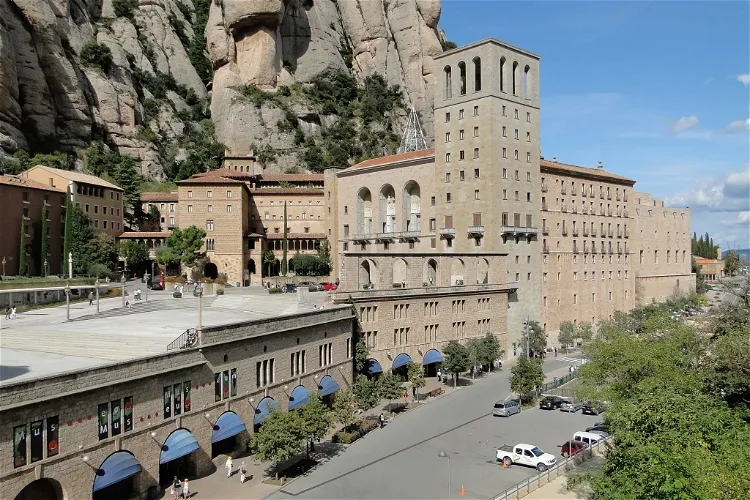
Montserrat Monastery
Monistrol de MontserratThe Montserrat Monastery, a Benedictine abbey, is situated in Catalonia. It is perched at an altitude of 720 meters on the eastern side of the Montserrat mountain, within the municipality of Monistrol de Montserrat. This location offers visitors a unique opportunity to experience the tranquility and beauty of the mountainous landscape while exploring the historical and religious significance of the monastery.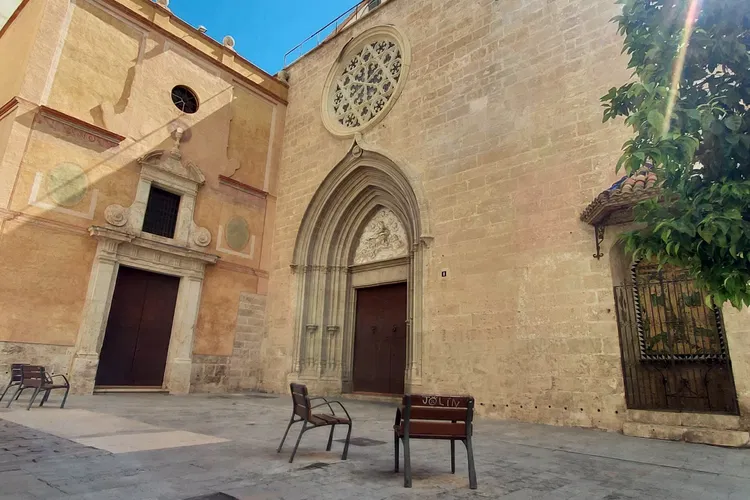
Church of San Nicolás
ValenciaThe Church of St. Nicholas and Peter, also known as the 'Sistine Chapel of Valencia', is one of the city's main attractions. Located in the El Carmen district in the historical center of Valencia, the church is renowned for its ceiling paintings. However, due to its location, it can be somewhat difficult for visitors to find as it is largely surrounded by other buildings.
Arco de Santa María
BurgosThe Arco de Santa María in Burgos, Spain, is a significant historical site, being one of the twelve medieval gates that the city had during the middle ages. This gate is a testament to the city's rich history and offers a glimpse into the past.
Museum of Santa Cruz
ToledoThe Museum of Santa Cruz is a significant cultural institution located in the historic centre of Toledo, Spain. It is an art, archaeology, and ethnographic museum that showcases collections related to the province of Toledo. The museum is a great place for tourists who are interested in art, history, and culture.
Castillo de Santa Bárbara - Museo de la Ciudad de Alicante
AlicanteCastillo de Santa Bárbara (The castle of Santa Bárbara) is a castle in Alicante, on Mount Benacantil, a rocky mass with a height of 167 meters that borders the sea and from which you can see the entire bay of Alicante and its terrestrial surroundings, giving it a big strategic advantage. The Museo d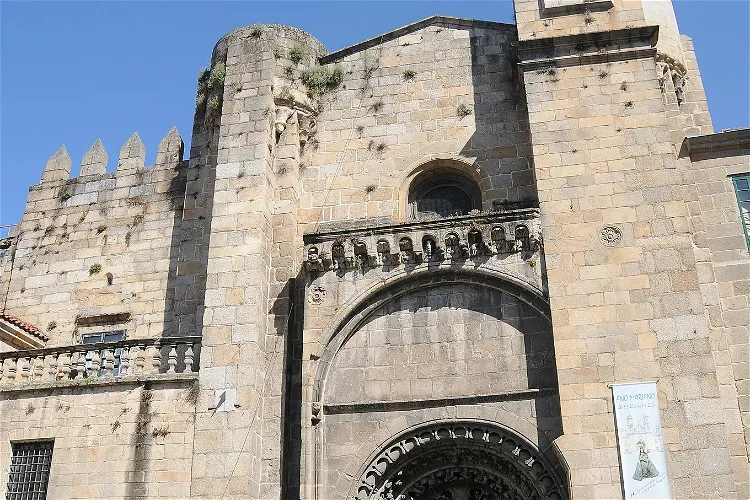
Ourense Cathedral
OurenseThe Ourense Cathedral has a history marked by destruction and rebirth. It was destroyed during Muslim incursions and later rebuilt during the 12th and 13th centuries, a period known for Romanesque architecture. The construction of the cathedral in its current form began in 1160 and was completed in the mid-13th century. This history of resilience and transformation is reflected in the cathedral's architecture, making it a fascinating site for those interested in historical architecture.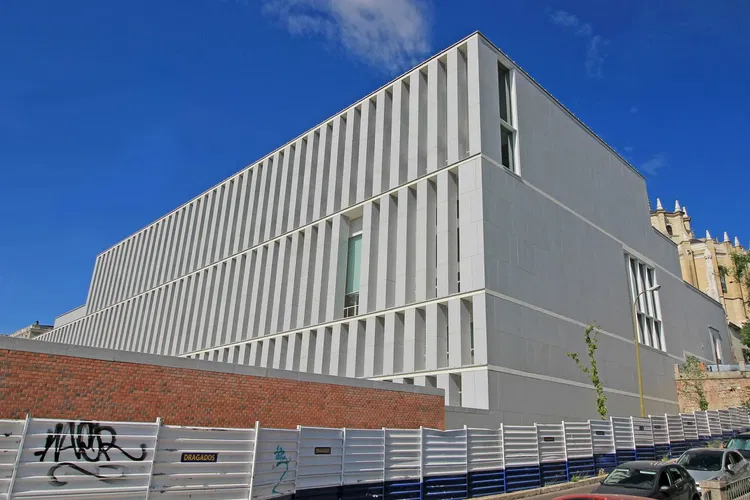
Royal Collections Gallery Madrid
MadridThe Royal Collections Gallery, which was originally known as the Royal Collections Museum, is an art museum situated in Madrid. It is managed by the Spanish state agency Patrimonio Nacional and is located in a new building above the gardens of the Campo del Moro park, adjacent to the Almudena Cathedral and the Royal Palace.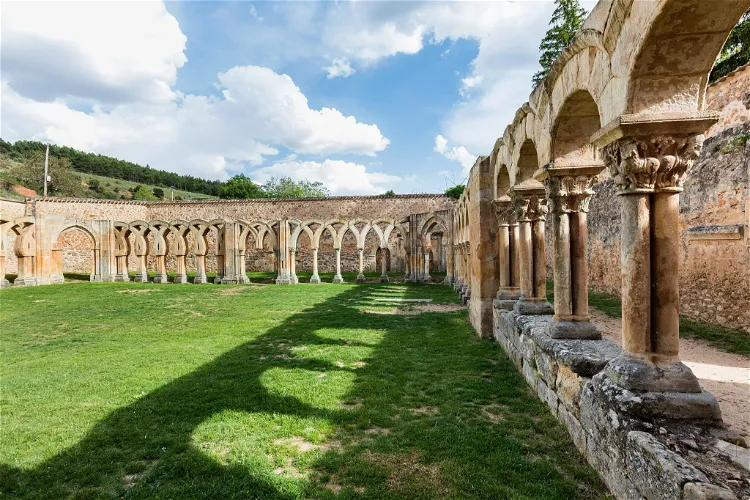
Monastery of San Juan de Duero
SoriaSan Juan de Duero, also known as Arcos de San Juan de Duero, is a significant site of Castilian Romanesque architecture. It is situated on the outskirts of the city of Soria, in the region of Castilla y León, Spain. This historical site serves as the Medieval Section of the Numantine Museum, offering visitors a glimpse into the architectural style and history of the period.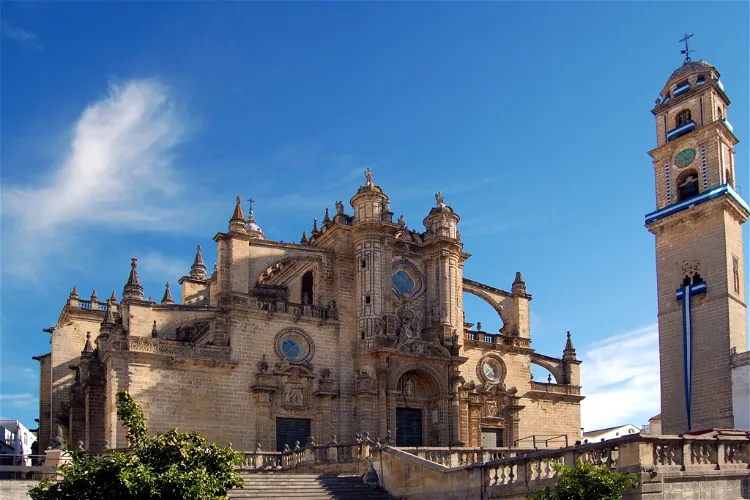
Cathedral of Jerez de la Frontera
Jerez de la FronteraThe Cathedral of the Holy Savior, a Catholic cathedral, is situated in the city of Jerez de la Frontera, within the autonomous community of Andalusia in Spain. This cathedral serves as a significant religious and cultural landmark in the region.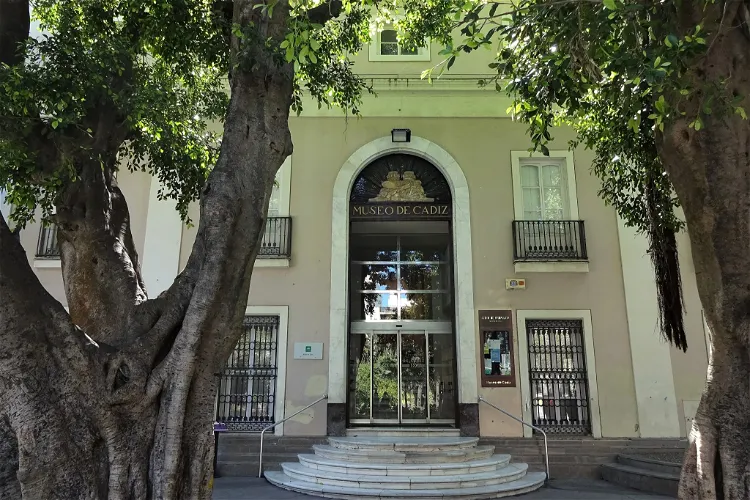
Cadiz Museum
CádizThe Cadiz Museum is situated in the heart of the old town of the Andalusian city of Cadiz, specifically at Plaza de Mina. This location is steeped in history and offers a unique cultural experience for visitors. The museum building itself was restructured by architect Juan Daura based on his 1838 design, transforming part of the secularized Franciscan convent.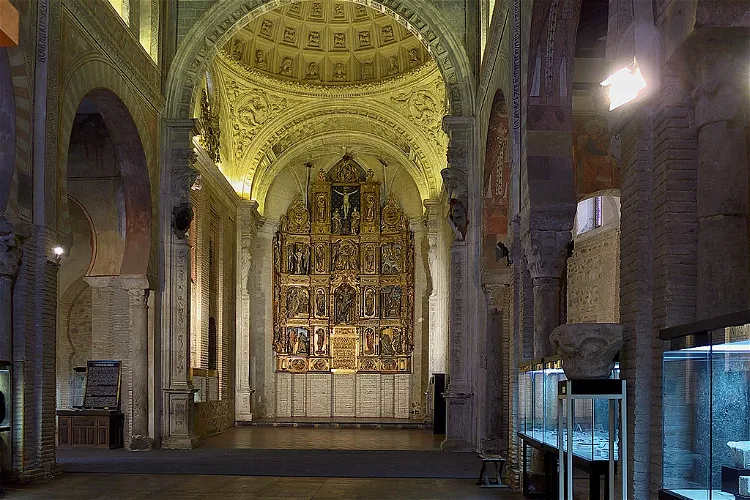
Church of San Román
ToledoThe Iglesia de San Román is a significant historical site in Toledo, Spain. Constructed in the 13th century, the church is a prime example of the Mudéjar architectural style, a unique blend of Christian and Islamic influences that is characteristic of the period. The church's design and construction reflect the cultural and religious diversity of Toledo during the Middle Ages.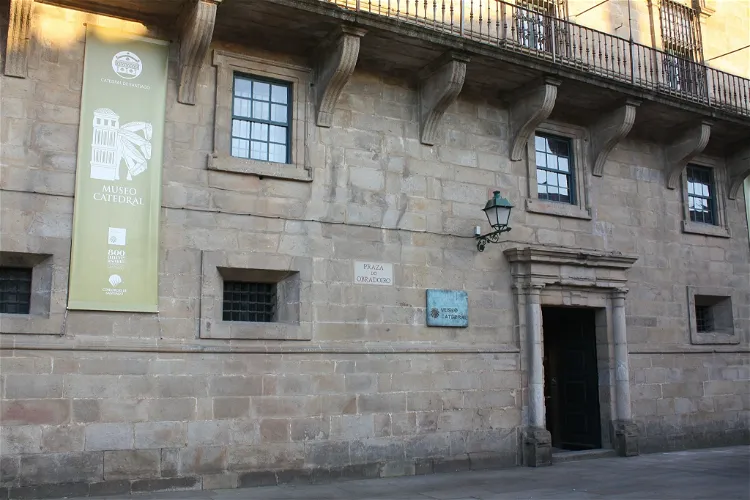
Santiago Cathedral Museum
Santiago de CompostelaThe Santiago de Compostela Cathedral Museum is a significant institution that houses a wide range of artistic and archaeological works. These works are owned by the Santiago de Compostela Cathedral and cover a broad timeline from the Roman era to the present day. This extensive collection provides a unique opportunity for visitors to explore the rich history and culture of the region through the various exhibits.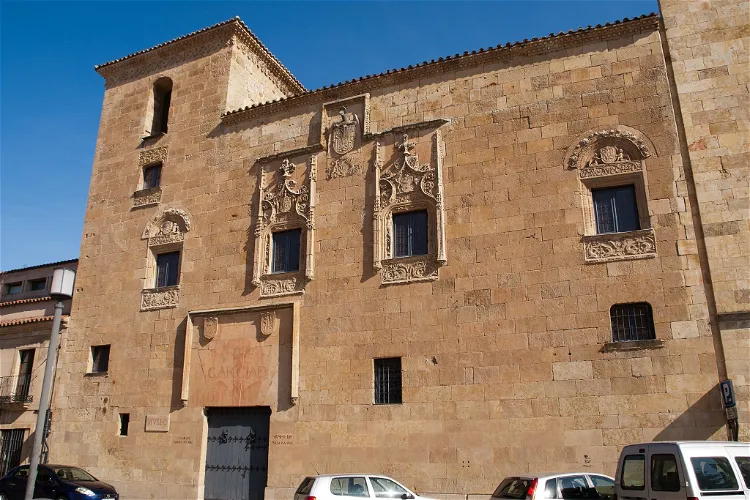
Museo de Salamanca (Casa de los Doctores de la Reina)
SalamancaThe Salamanca Museum, previously known as the Provincial Museum, has a rich history dating back to its establishment in 1835. Since 1947, it has been housed in the Casa de los Abarca, a former palace built in the late 15th century. This location adds to the museum's charm and historical significance.
Diocesan Museum
PalenciaThe Diocesan Museum of Palencia, inaugurated in 1973, is a museum dedicated to the custody and study of the sacred art of the diocese. It is located in the Episcopal Palace of the capital of Palencia, a significant historical site in itself.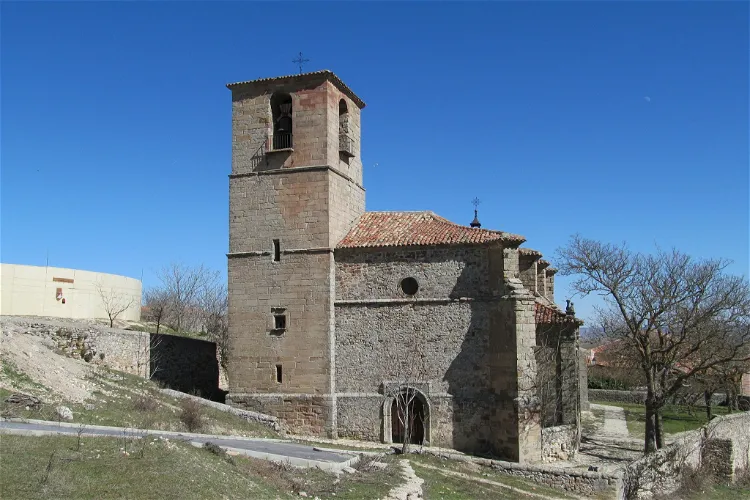
Church of the Holy Trinity
AtienzaThe Church of the Holy Trinity, located in Atienza, is a Romanesque style Catholic church that dates back to the late 12th century. This historical monument offers a glimpse into the architectural style and religious practices of the period. Its unique design and historical significance make it a point of interest for tourists visiting Atienza.
Cerralbo Museum
MadridThe Cerralbo Museum is a museum in Madrid that is housed in a historical mansion where it exhibits an extensive collection of artwork (over 50.000 objects). The museum is named after the marquis of Cerralbo, who used to own it. What was once considered the greatest private art collection in Spain, c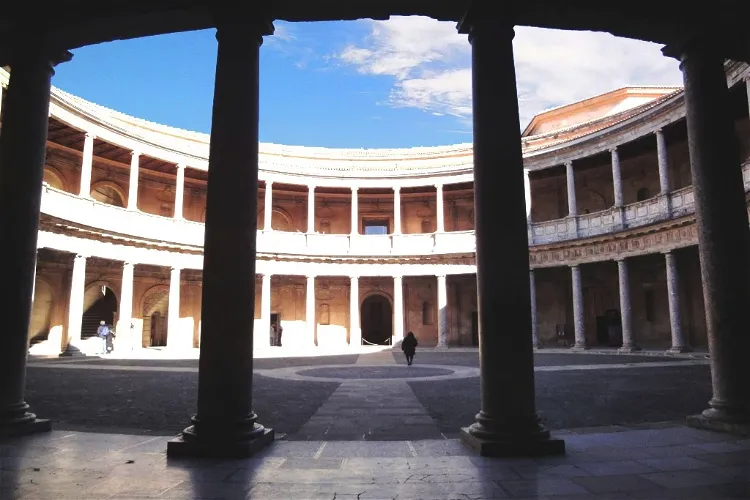
Museum of Fine Arts of Granada
GranadaThe Museum of Fine Arts of Granada is home to the largest collection of ancient art in Andalusian Granada. The majority of the works on display have a connection to the city, providing visitors with a unique insight into the region's rich artistic history.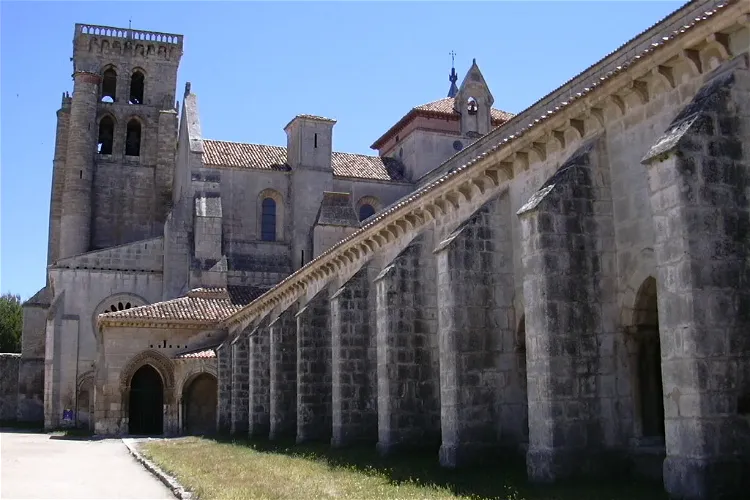
Museo de Telas Medievales
BurgosThe Museo de Telas Medievales, or the Museum of Medieval Textiles, is situated in the Monasterio de las Huelgas Reales in the city of Burgos, Spain. This location adds a historical and cultural significance to the museum, making it an interesting destination for tourists interested in medieval history and culture.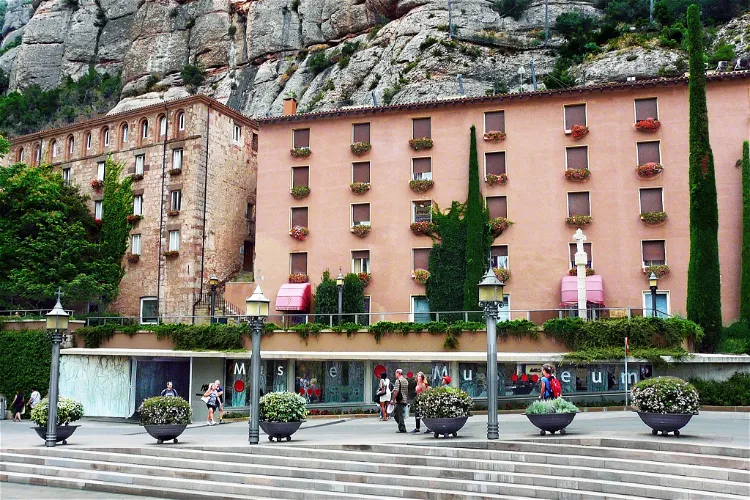
Museum of Montserrat
Monistrol de MontserratThe Museum of Montserrat is located within the Abbey of Montserrat, a thousand-year-old institution. It showcases a selection of the most outstanding artistic and archaeological heritage. This includes a wide range of collections, each unique and different, providing a comprehensive view of various historical periods and cultures.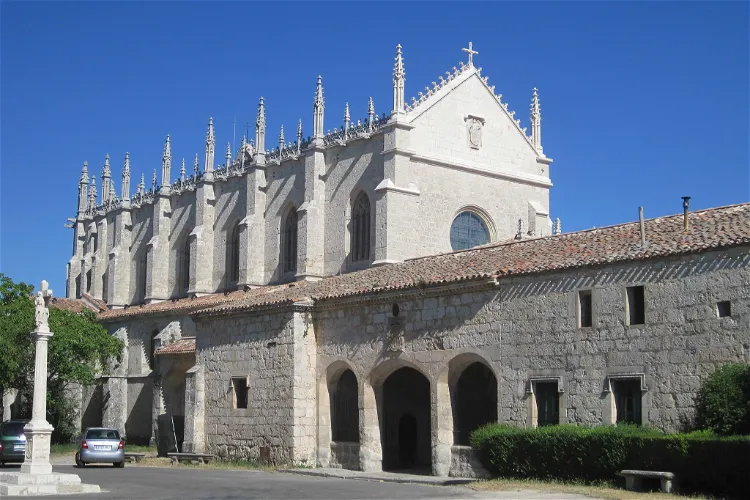
Miraflores Charterhouse
BurgosLa Chartreuse Notre-Dame de Miraflores, an ancient Carthusian monastery, is located on a hill known as Miraflores. This historical site is situated approximately three kilometers from the city center of Burgos, in the Fuentes Blancas park. The serene surroundings and the historical significance of the monastery make it an interesting site for tourists visiting Burgos.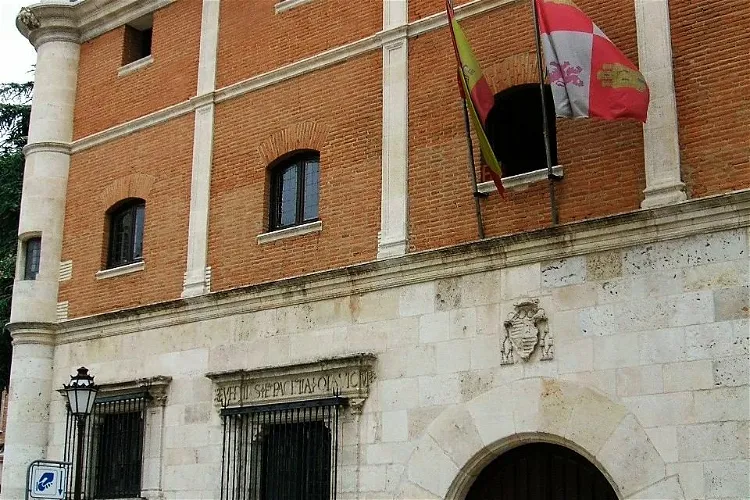
Burgos Museum
BurgosThe Museo de Burgos, previously known as the Museo Arqueológico Provincial, is situated in two neighboring 16th-century palaces, the Casa de Miranda and the Casa de Íñigo Angulo. These palaces form a block between Calle Calera and Calle Miranda in the Spanish city of Burgos. The museum's collections, which exclusively originate from the province of Burgos, showcase the historical and cultural evolution of the province.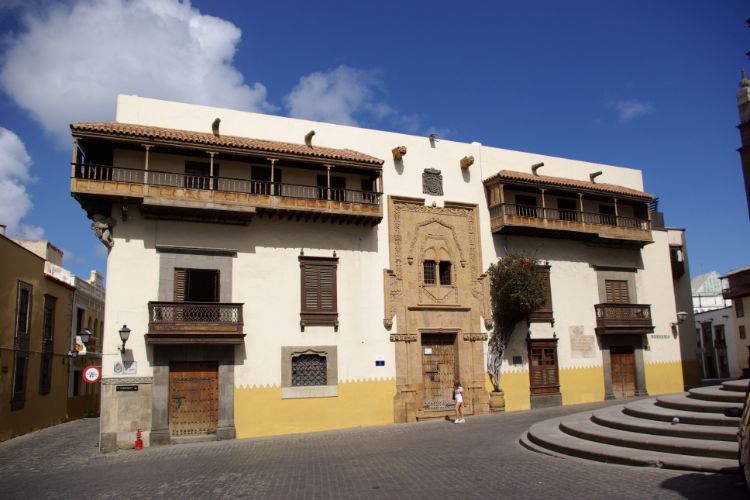
Casa de Colón
Las Palmas de Gran CanariaThe Casa de Colón is a cultural institution in Las Palmas de Gran Canaria.It is one of the most emblematic buildings of the city. It is dedicated to the history of the Canary Islands and its relations with America. It houses a museum, a library and study center, as well as spaces for temporary activ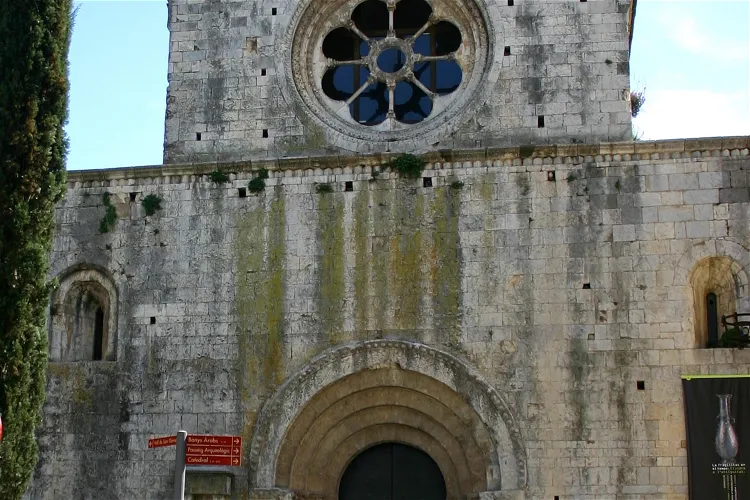
Archaeology Museum of Catalonia
GeronaThe Archaeology Museum of Catalonia in Gerona is housed in the historic monastery of San Pedro de Galligans. Established in 1857, the museum continues to operate from this location, offering visitors a unique blend of history and culture. The museum's setting in a former monastery adds a layer of historical significance to the artifacts on display.
Palacio-Museo de Viana
CórdobaPalacio-Museo de Viana (The palace of the Marquises of Viana) is a palace-museum in Córdoba. The palace is an example of how the Cordovan nobility lived. The history of the palace begins in the 15th century. The collection of the museum is separated over various rooms, namely: the Gallery of the Azu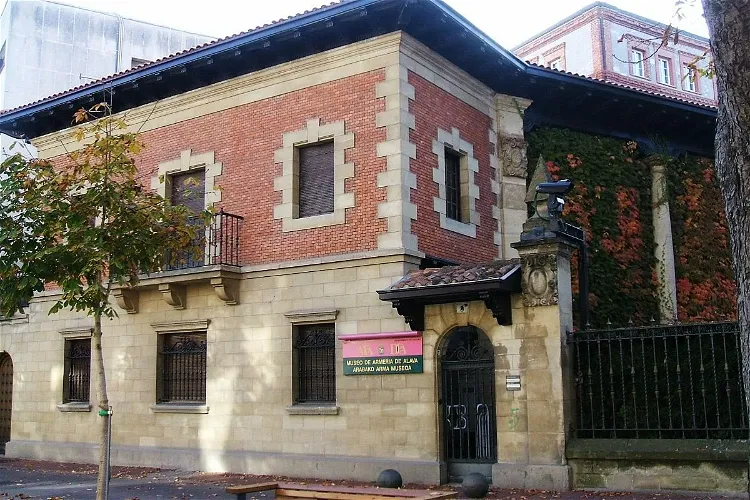
Armoury Museum
Vitoria-GasteizThe Armoury Museum of Alava, situated in the city of Vitoria in Spain, is a unique destination for those interested in the history of warfare. The museum's collection spans from Prehistory to the early 20th century, showcasing a wide range of weapons, uniforms, and various objects related to warfare from different eras and cultures. This comprehensive collection provides a fascinating insight into the evolution of warfare and the tools used in battle over the centuries.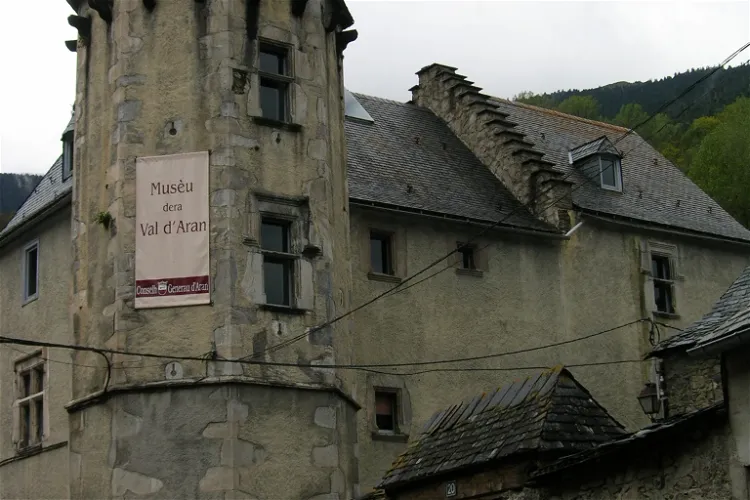
Musèu dera Val d'Aran
Viella Mitg AránThe Museo del Valle de Arán, also known as Musèu dera Val d'Aran, is a regional museum located in Viella. It is dedicated to the history, art, ethnography, and ethnology of the Aran Valley. The museum is housed in a late Gothic-style manor house known as the Torre del general Martinón. It also occupies the Casa Joanchiquet in Vilamós and the church of San Juan de Artiés. The museum's main objective is to preserve the Aranese culture in all its aspects, through the different stages and epochs of the Aran Valley.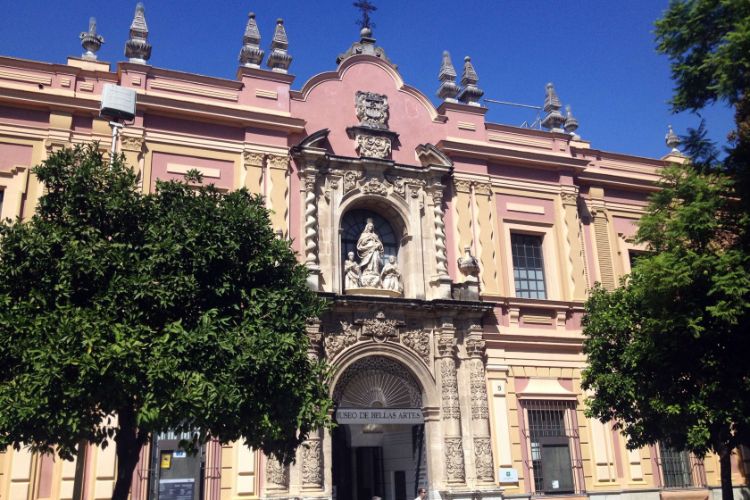
Museum of Fine Arts of Seville
SevilleThe Museum of Fine Arts of Seville is is an art museum in Seville that is considered one of the most important art museums in Spain. The museum holds a collection of mainly Spanish visual arts from the medieval period to the early 20th century, and is especially known for its baroque Sevillian paint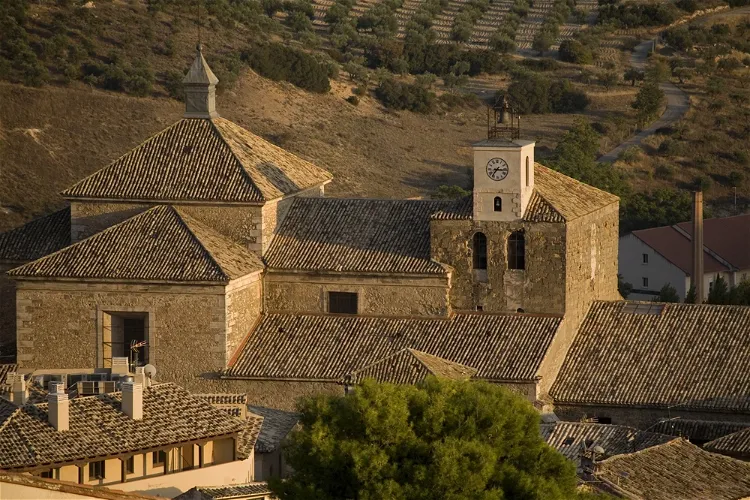
Collegiate Church
PastranaThe Collegiate Church of the Assumption is not just a place of worship, but also a museum housing a significant collection of tapestries and a wide variety of art pieces. These include paintings, altars, goldsmithing elements, and reliquaries. This diverse collection provides a comprehensive overview of the artistic and cultural richness of the region.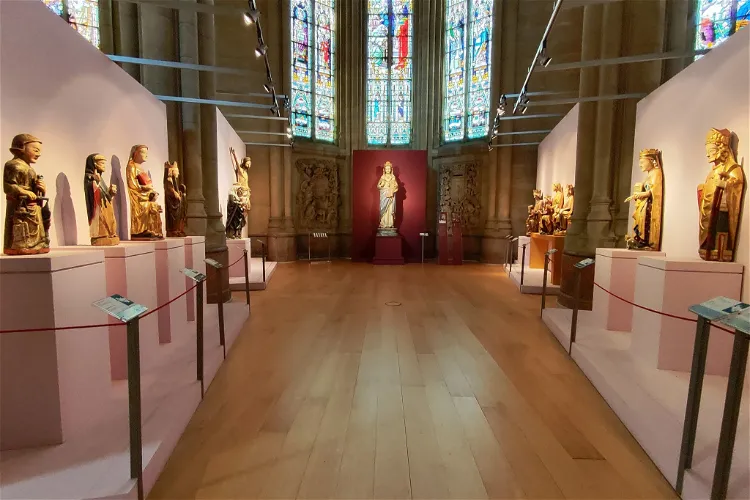
Diocesan Museum of Sacred Art
Vitoria-GasteizThe Diocesan Museum of Sacred Art, also known as Elizbarrutiko Arte Sakratuaren Museoa, is situated in the ambulatory of the Cathedral of Saint Mary Immaculate. This museum is located in the city of Vitoria-Gasteiz, Alava, in the Basque Country of Spain. It is a significant cultural and historical site that showcases a wide range of sacred art.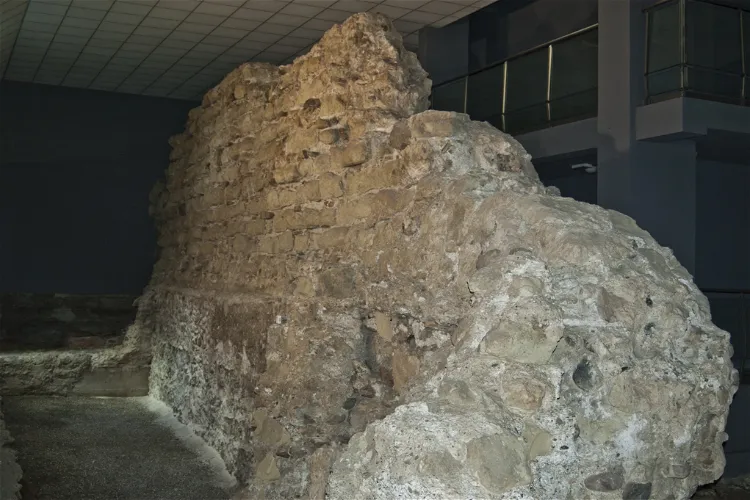
Enclave Arqueológico Puerta de Almería
AlmeriaThe Enclave Arqueológico Puerta de Almería is home to the only preserved Roman archaeological remains in the city. These include a salting factory, which is a significant testament to the city's ancient industrial history. Additionally, the museum also houses one of the gates of the Islamic wall that once enclosed the city to the south. This gate is a remarkable example of the city's medieval architectural heritage.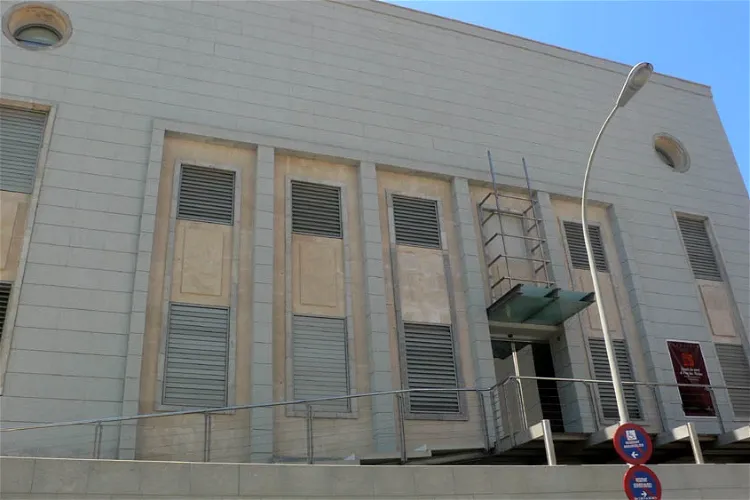
Monographic Museum and Necropolis
IbizaThe Puig des Molins is a significant historical site located in Ibiza Town, on the Island of Ibiza, in the Balearic Islands, Spain. This location is known for its rich history and cultural significance, making it an interesting destination for tourists interested in history and archaeology.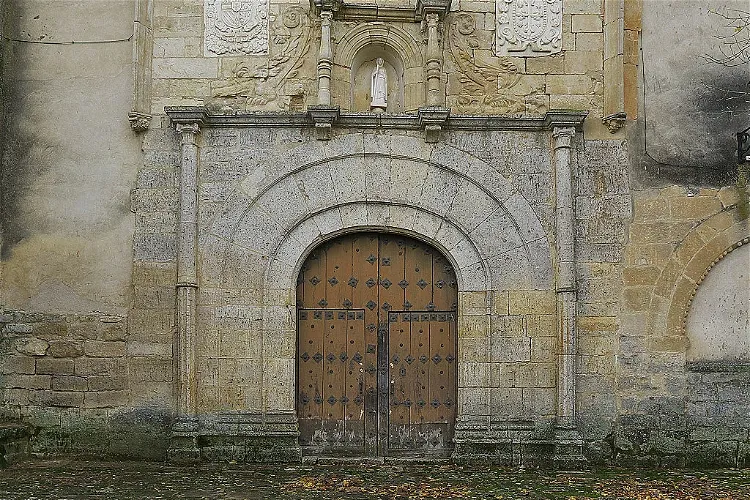
Monastery of Sancti Spiritus
ToroWithin the Monastery of Sancti Spiritus el Real, visitors can find the Museum of Sacred Art of Toro. This museum is home to a unique collection of polychrome sargas from the 16th century. These sargas depict scenes from the Passion, taken from large-scale Italo-Flemish prints. This collection provides a unique insight into the religious art of the period and is a must-see for any art enthusiasts or those interested in religious history.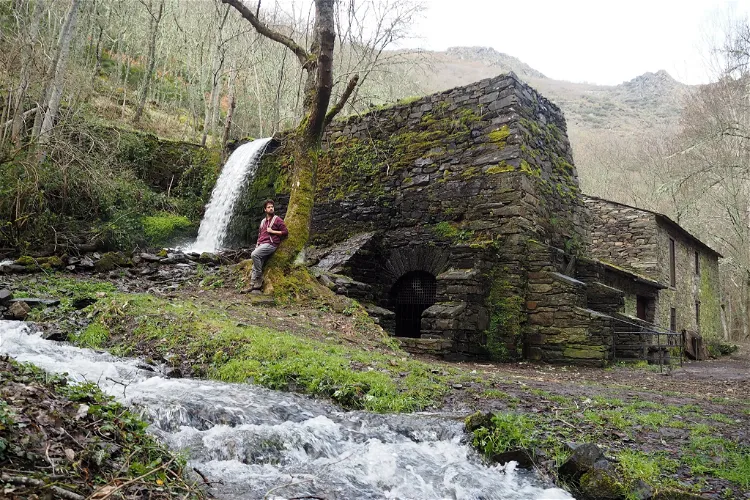
Herrería de Compludo
PonferradaLa herrería de Compludo is a medieval forge that is situated in the valley of Compludo, in the Spanish municipality of Ponferrada. This historical site is located in the region of Bierzo, within the province of León, in the autonomous community of Castilla y León. It offers a unique glimpse into the past, providing an opportunity to explore the rich history and culture of the region.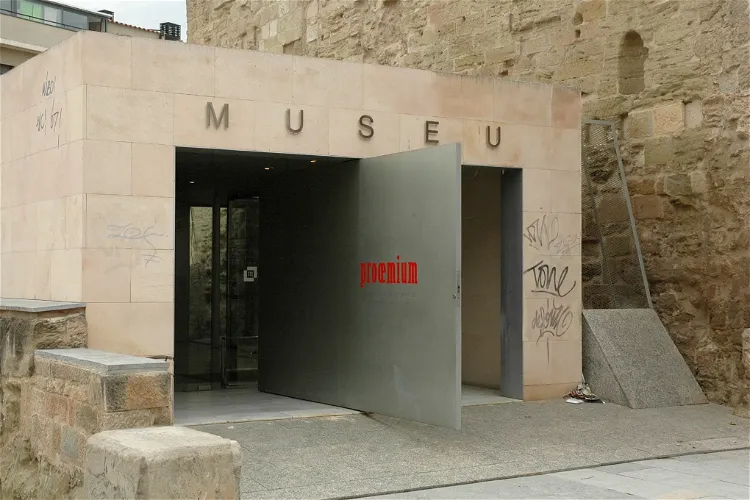
Lleida Museum
LleidaThe Lleida Museum, officially known as the Diocesan and Comarcal Lleida Museum, is a significant art and history museum situated in Lleida, Catalonia, Spain. It offers a rich collection of art and historical artifacts, making it a notable destination for those interested in art, history, and culture.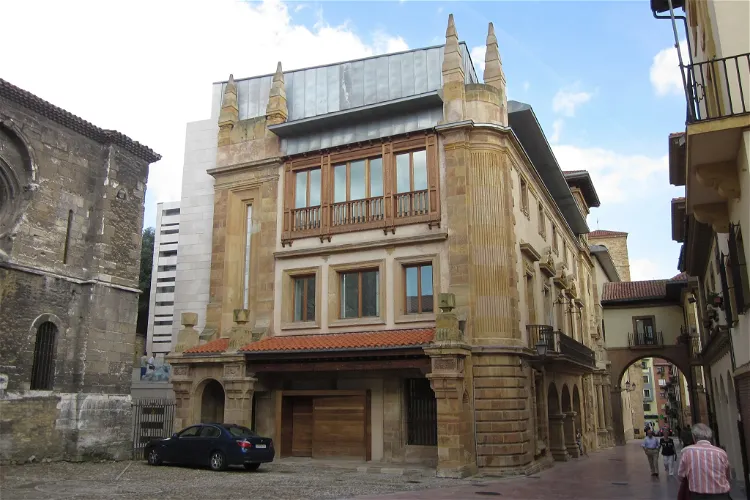
Archaeological Museum of Asturias
OviedoThe Archaeological Museum of Asturias, situated in Oviedo, is a regional institution committed to the preservation of the cultural and archaeological heritage of the Principality of Asturias. The museum's collection has been steadily growing since its establishment, primarily through discoveries, donations, and acquisitions of objects.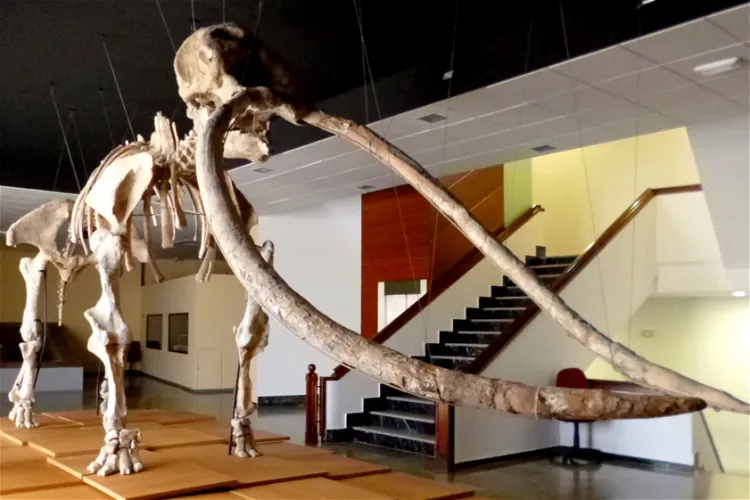
Provincial Museum of Ciudad Real
Ciudad RealThe Provincial Museum of Ciudad Real is divided into three sections: Paleontology, Archaeology, and Fine Arts. These sections are housed in two separate buildings, each offering a unique perspective on different aspects of history and culture. The Paleontology section features fossil remains from various provincial sites, allowing visitors to journey through geological periods from the Cambrian to the Quaternary. The Archaeology section continually expands due to materials from ongoing excavations throughout the province. The Fine Arts section showcases works of painting, sculpture, goldsmithing, and ceramics from the 16th to the 18th century.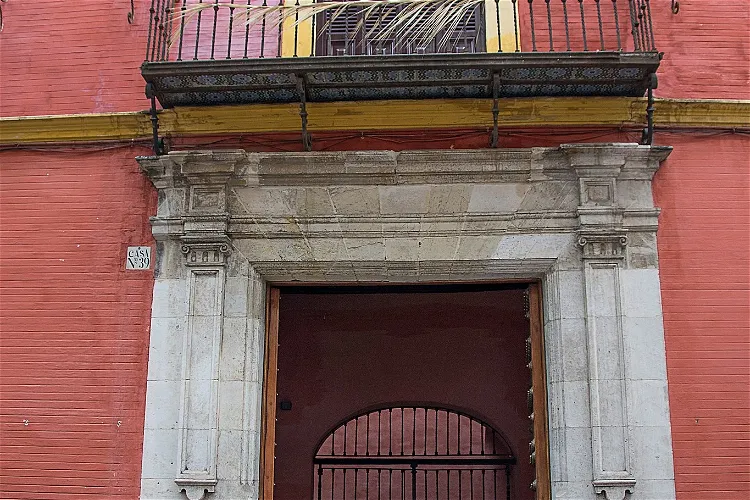
Casa de Salinas
SevilleLa Casa de Salinas is a significant historical site located in the heart of Seville, Andalusia, Spain. This 16th-century building is a testament to the rich architectural heritage of the region. Its location in the city's historic center makes it easily accessible for tourists.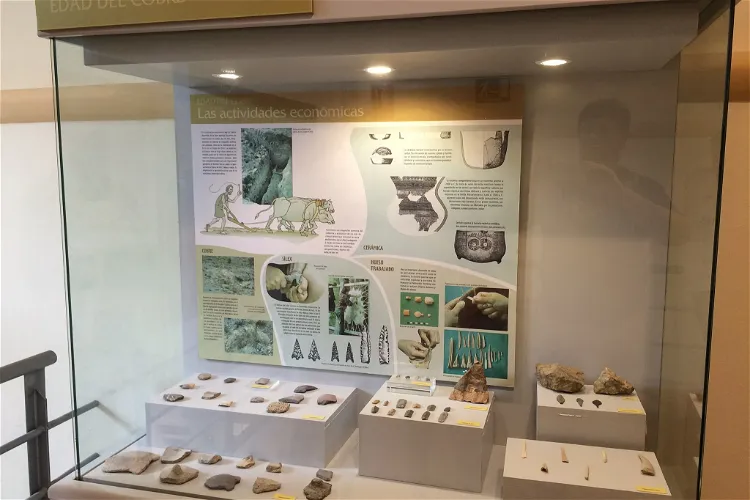
Galera Archaeological Museum
GaleraThe Galera Archaeological Museum is a space dedicated to showcasing the archaeological and paleoanthropological findings from the Spanish municipality of Galera, located in the province of Granada. It provides a unique opportunity for visitors to delve into the rich history and culture of the region through its extensive collection of artifacts.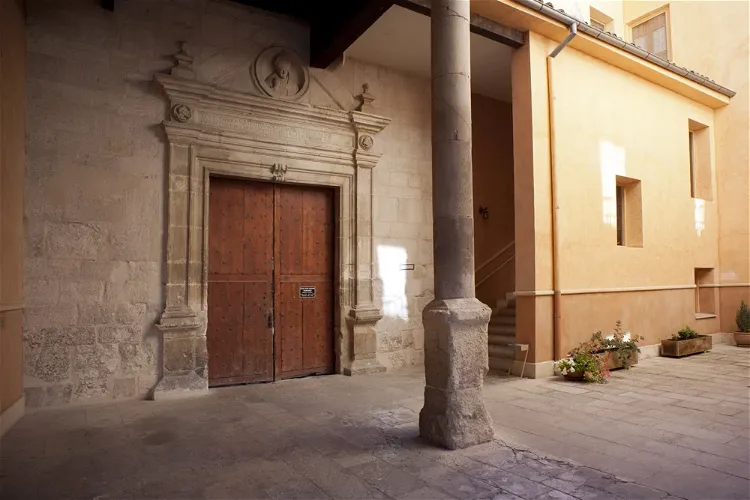
Episcopal Palace of Cuenca
CuencaThe Episcopal Palace is a significant historical building located in the Spanish city of Cuenca. It is home to the Diocesan Museum, which showcases a variety of religious artifacts and artworks. The palace itself is a testament to the city's rich history and architectural prowess, making it a worthwhile visit for those interested in history, architecture, and art.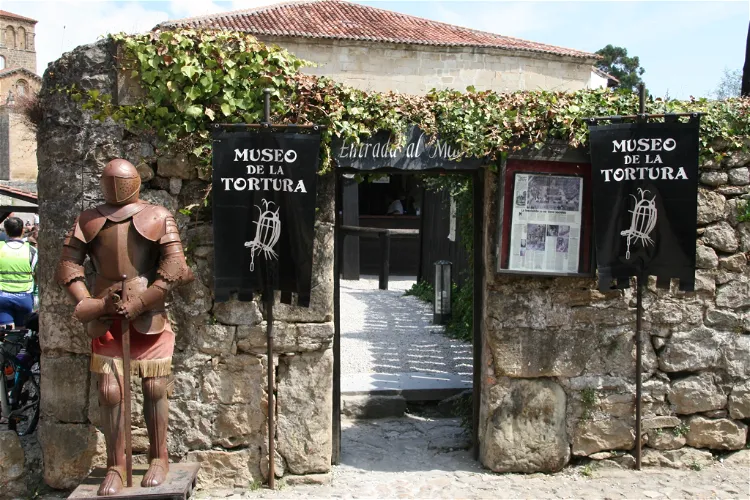
Museum of Torture
Santillana del MarThe Museum of Torture, located in the picturesque town of Santillana del Mar in Cantabria, is a unique historical site. It houses an extensive collection of over fifty original torture and capital punishment instruments. These artifacts, which originate from Europe, span a period from the 15th to the 19th centuries. This provides a fascinating, albeit grim, insight into the methods of punishment used in the past.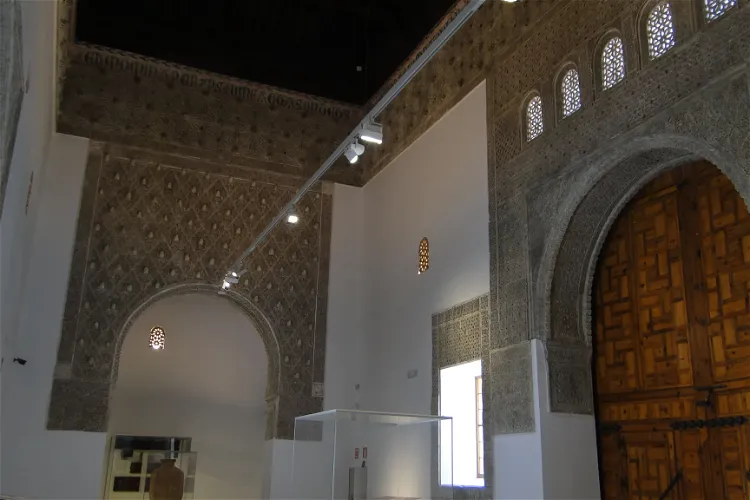
Taller del Moro Museum
ToledoEl Taller del Moro, located in the historic heart of Toledo, is a museum housed in a medieval building. This Mudejar-style structure is a testament to the city's rich history and cultural heritage. Visitors can explore the museum to gain insights into the city's past and appreciate the architectural beauty of the building.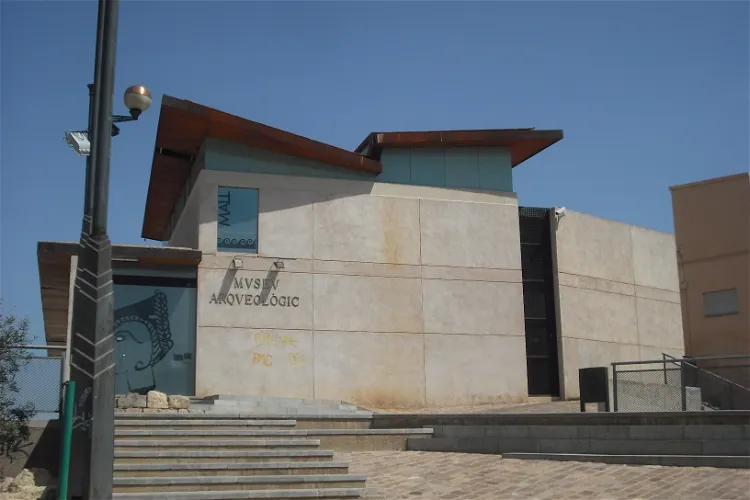
Llíria Archaeological Museum
LiriaThe Llíria Archaeological Museum plays a crucial role in the conservation, protection, and dissemination of archaeological artifacts recovered from the Campo de Turia. The museum's mission is to help recover and understand the historical past of Liria and its surrounding region through these artifacts.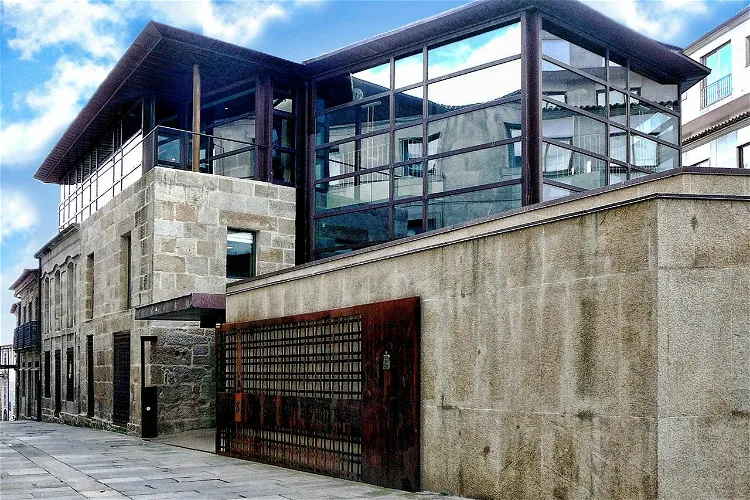
Pontevedra Museum
PontevedraThe Pontevedra Museum, previously known as the Provincial Museum of Pontevedra, is a significant cultural institution located in the Galician city of Pontevedra, Spain. It offers a wide range of art exhibits, with a special focus on the art of Galicia, contributing to the artistic and cultural development of the province.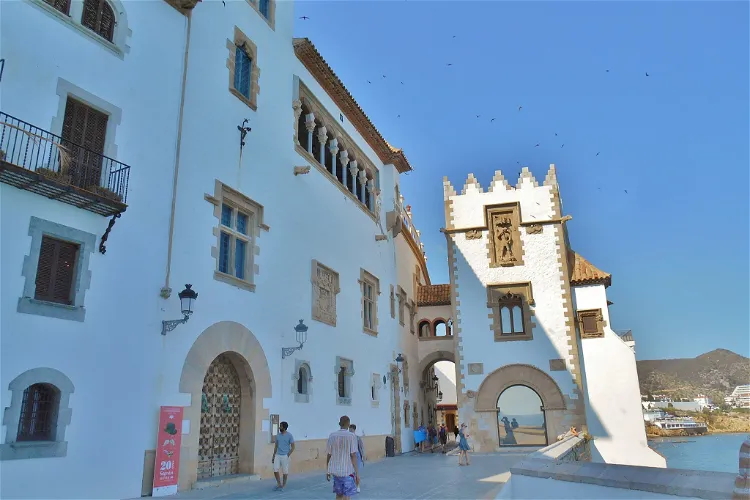
Maricel Museum
SitgesThe Maricel Museum, situated in the heart of Sitges, underwent a significant renovation and reopened its doors in 2015. This central location and its recent refurbishment make it an accessible and modern destination for tourists interested in art and history.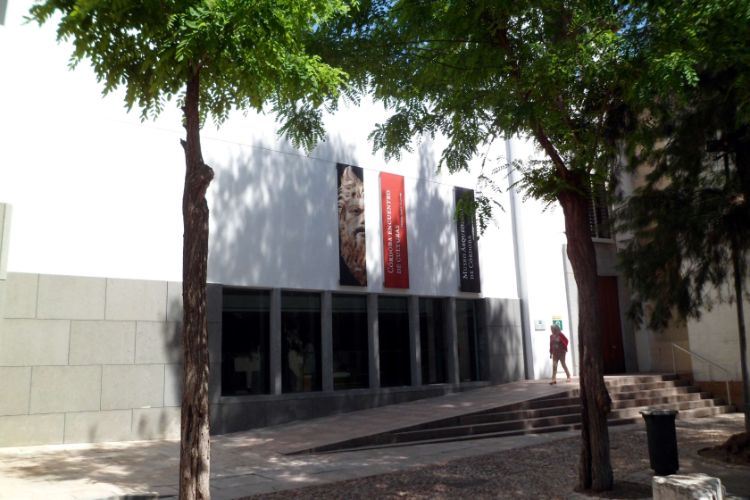
Archaeological Museum of Córdoba
CórdobaThe Archaeological Museum of Córdoba is housed in the former palace of the Páez de Castillejo and a contemporary building built next to it. Its collections consists of a wide variety of pieces that range from Prehistory to the Late Middle Ages. Underground, the museum displays the archaeological rem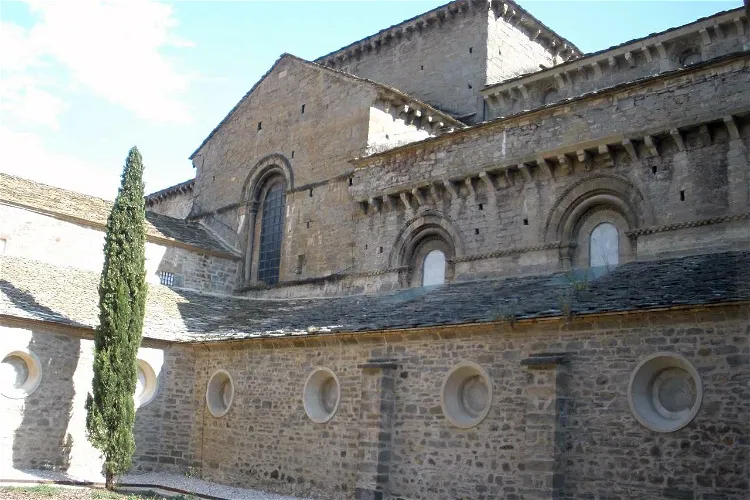
Diocesan Museum of Jaca
JacaThe Diocesan Museum of Jaca, which was inaugurated on August 22, 1970, is situated in the rooms that surround the cloister of the Cathedral of Jaca. This location in Aragon, Spain, provides a unique setting for the museum and its collections.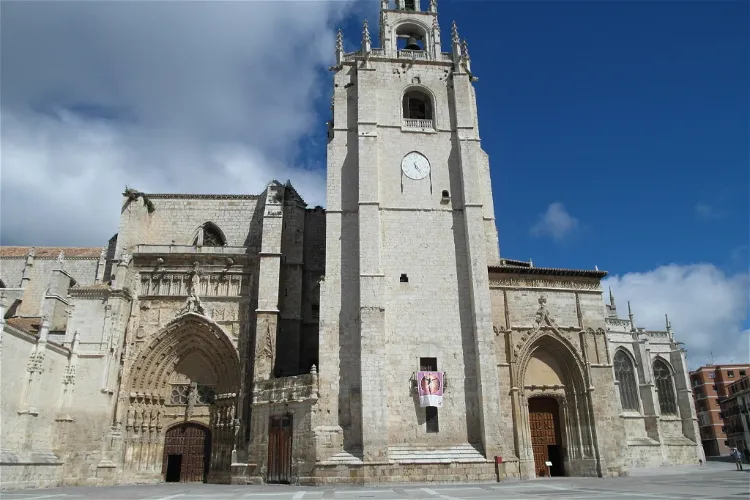
Palencia Cathedral
PalenciaThe Cathedral Basilica of Saint Antoninus, located in Palencia, Spain, is a Roman Catholic church dedicated to Saint Antoninus of Pamiers. This cathedral is a significant religious site and a remarkable example of Roman Catholic architecture.
Museo Palacio de la Condesa de Lebrija
SevilleMuseo Palacio de la Condesa de Lebrija (Museum of the palace of the countess of Lebrija or palace of Lebrija) is a house museum/palace in Seville that dates from the 16th century. The museum houses an important art collection with Roman mosaics and other antiquities as well as Asian art, paintings b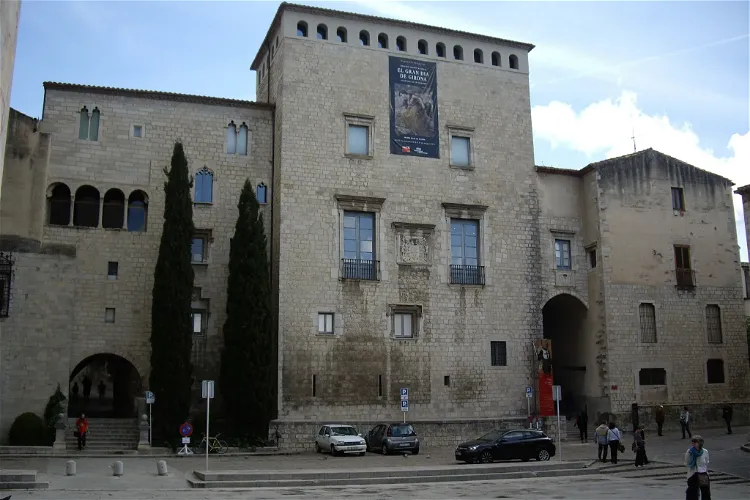
Girona Art Museum
GeronaThe Girona Art Museum, a public institution, was established in 1976. This was achieved by merging the collections of the provincial fine arts museum with those of the Girona Diocesan Museum. This merger resulted in a rich and diverse collection of artworks and artifacts, making the museum a significant cultural institution in the region.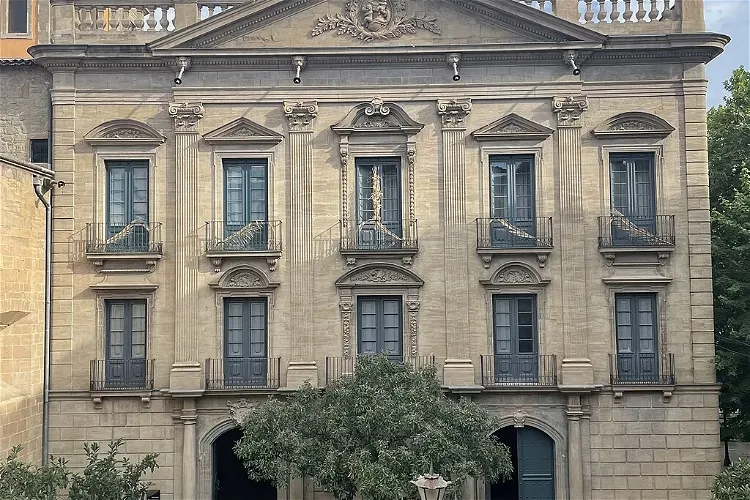
Museo Diocesano y Comarcal de Solsona
SolsonaThe Museo Diocesano i Comarcal de Solsona is an art and archaeology museum situated in Solsona, Catalonia, Spain. It is officially registered in the Registry of Museums of Catalonia, bearing the number 20. This museum is a significant destination for those interested in medieval art and archaeology.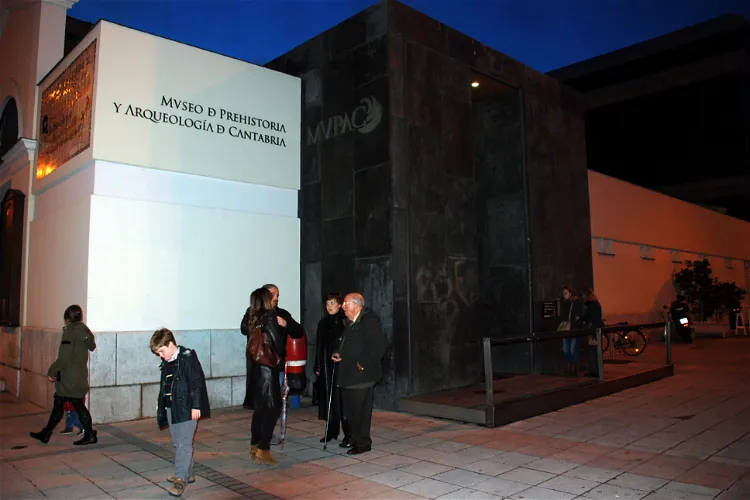
Museum of Prehistory and Archaeology of Cantabria
SantanderThe Museum of Prehistory and Archaeology of Cantabria (MUPAC) is a unique institution that specializes in prehistoric archaeology. It also houses collections from the ancient and medieval world, offering a comprehensive view of human history. Visitors can explore a wide range of artifacts and exhibits that span different periods and civilizations.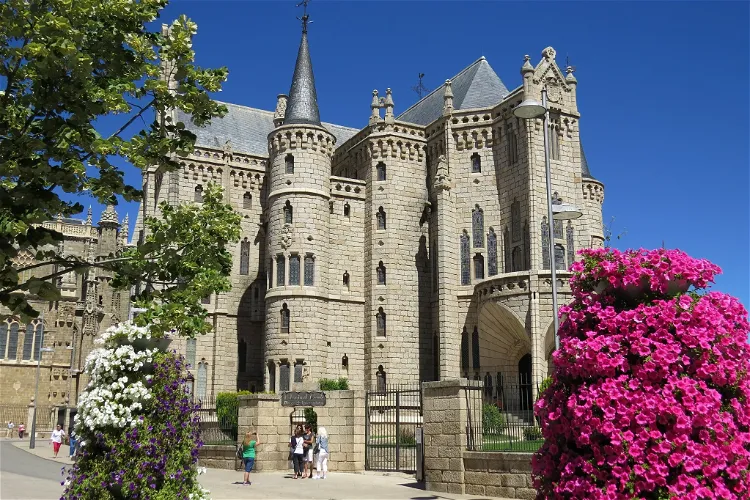
Museo de los Caminos
AstorgaThe Museo de los Caminos, located in the Episcopal Palace of Astorga in the province of León, Spain, is dedicated to the Camino de Santiago. This museum offers a deep dive into the history and significance of this famous pilgrimage route.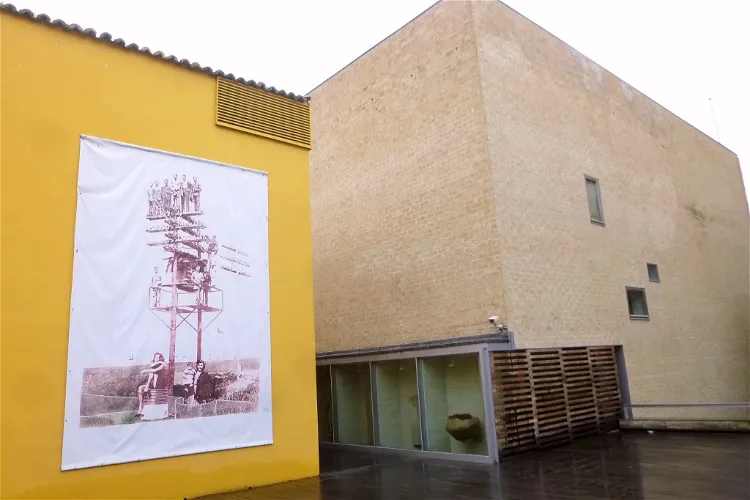
Zamora Museum
ZamoraThe Zamora Museum, a provincial museum, is situated in the Santa Lucía square in Zamora, Spain. This location is in a neighborhood known as Puebla del Valle during medieval times. The museum is a significant cultural institution in the region, offering a glimpse into the area's rich history and heritage.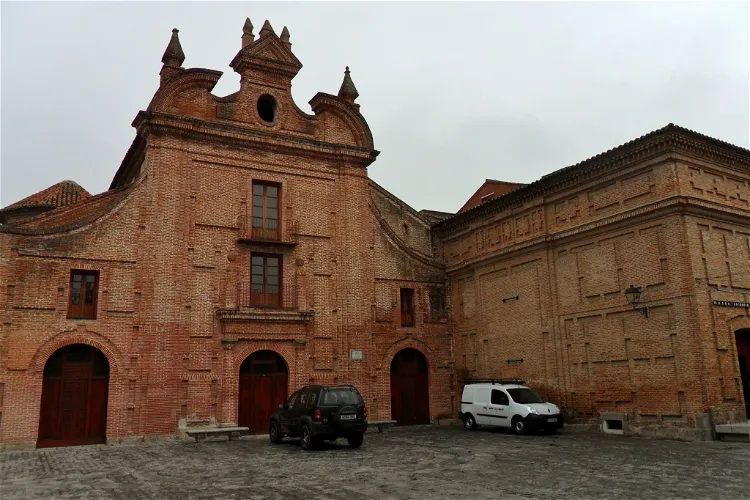
Ruiz de Luna Ceramic Museum
Talavera de la ReinaThe Ruiz de Luna Ceramic Museum is situated in the city of Talavera de la Reina, in the province of Toledo, Spain. This museum is a significant cultural landmark in the region, offering visitors a unique insight into the rich history and tradition of ceramics in the area.- 55
Sa Bassa Blanca Museum
AlcudiaThe Fundaci n Yannick y Ben Jakober, situated near Alcudia Mallorca Spain, was established in 1993. It is a private non-profit cultural institution that primarily focuses on the preservation and restoration of Spanish Historical Heritage. Additionally, it promotes the development of fine arts, including painting and sculpture. The foundation is known for its collection of Old Master Portraits of Children from the 16th to the 19th century, which is displayed to the public in an old water reservoir. 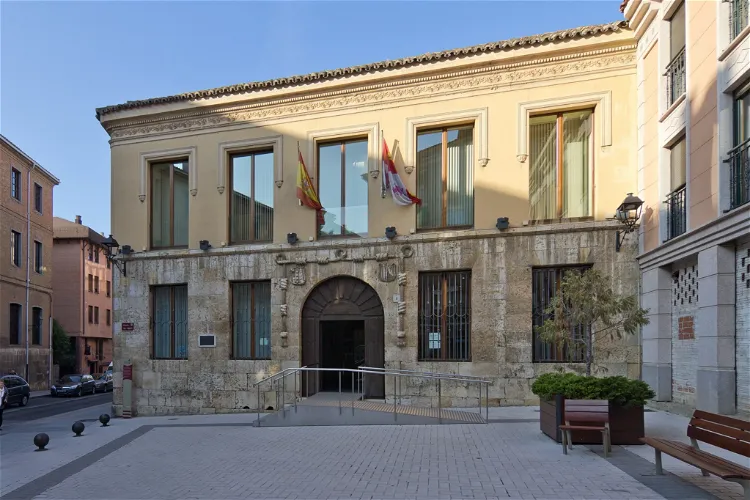
Archaeological Museum of Palencia
PalenciaThe Archaeological Museum of Palencia, situated in the Casa del Cordón, is a significant cultural institution in the city of Palencia, Spain. It boasts a diverse collection of artifacts from prehistoric, Roman, and medieval periods, all originating from the province of Palencia. The museum provides a unique opportunity to delve into the rich history and heritage of the region.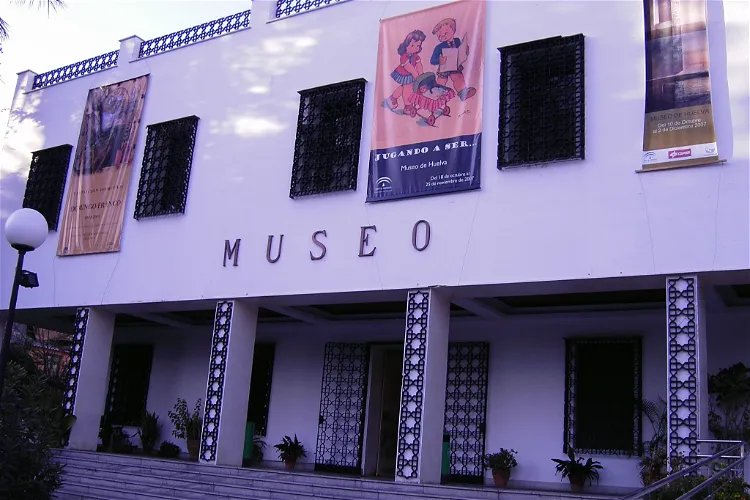
Museum of Huelva
HuelvaThe Museum of Huelva is divided into three distinct sections: Fine Arts, Archaeology, and Ethnology. Each section offers a unique insight into the rich cultural and historical heritage of the region. The museum has been declared a Cultural Interest Asset, with the category of Monument, further emphasizing its importance and value.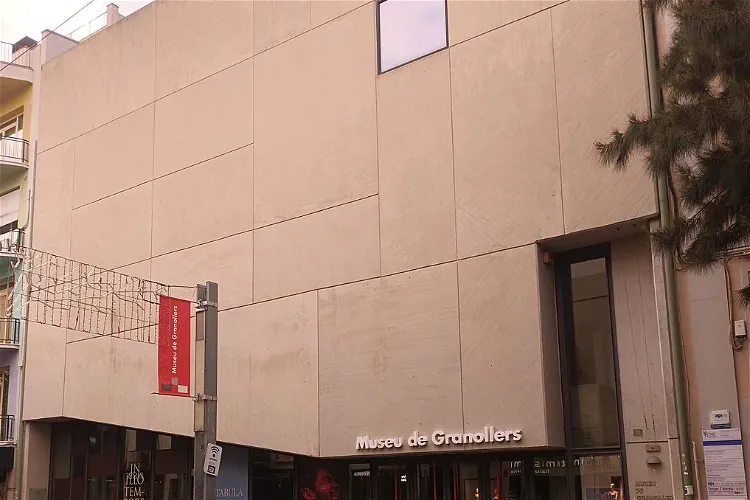
Granollers Museum
GranollersThe Granollers Museum, situated in Granollers, Barcelona, is home to a wide array of collections. These collections span across various fields such as archaeology, decorative arts, ethnography, numismatics, and art from different eras - ancient, modern, and contemporary. This diversity in the museum's collection offers visitors a comprehensive insight into the rich cultural and historical heritage of the region.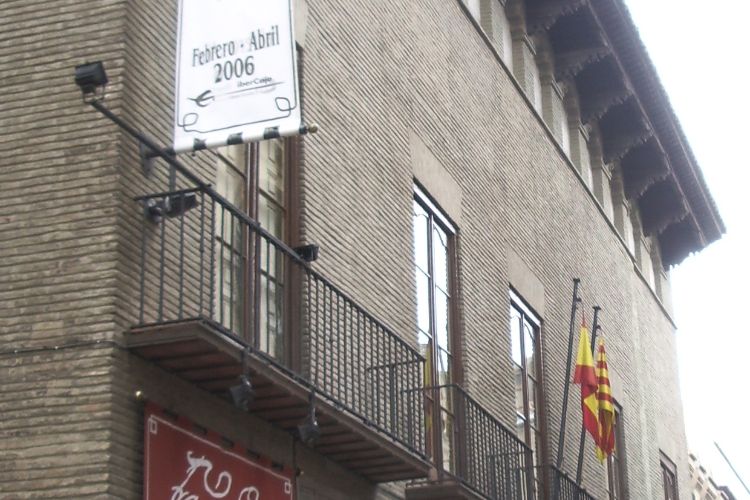
Museo Goya Colección Ibercaja
ZaragozaMuseo Goya Colección Ibercaja (The Goya Museum - Ibercaja Collection - Camón Aznar Museum) is a museum of fine arts in Zaragoza, housed in the Pardo Renaissance palace. The museum houses more than 1,000 works, of which around 500 are exhibited in the permanent exhibition. The collection of works of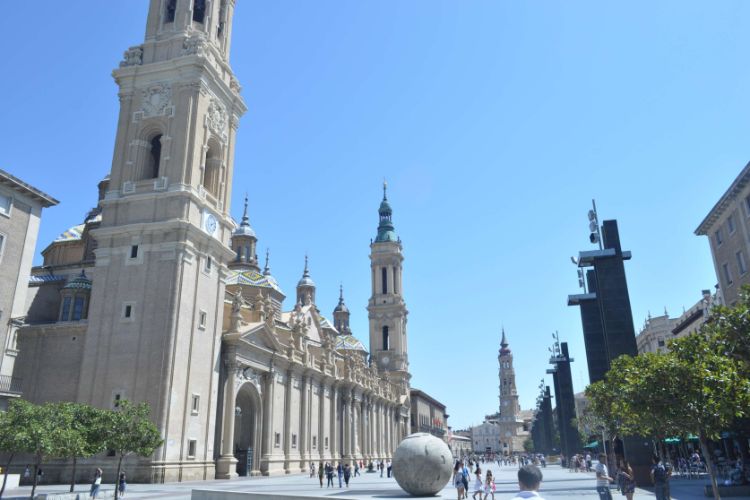
Museo de Tapices y Capitular de la Seo
ZaragozaMuseo de Tapices y Capitular de la Seo (La Seo Chapterhouse Tapestry Museum) is housed in the La Seo Cathedral. The museum holds a large collection of tapestries that belong to the Cathedral Chapter. The collection of the museum comprises 63 Flemish tapestries and 6 pieces of heraldic embroidery, ma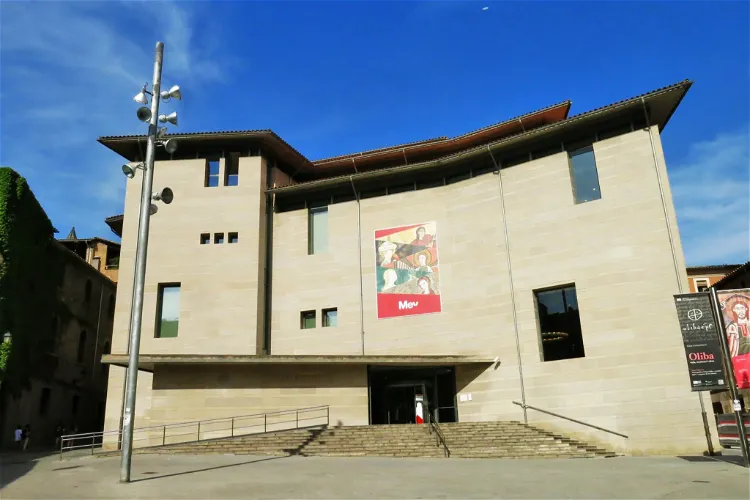
Episcopal Museum of Vic
FolguerolesIn 1995, under the architectural direction of Alfons Milà and Frederic Correa, the old school of Sant Josep, located next to the cathedral, was rebuilt to house the museum's large collections. This move was necessitated by the significant increase in the museum's collections. The new building was designed to accommodate the vast array of artifacts and works of art that the museum had acquired over the years.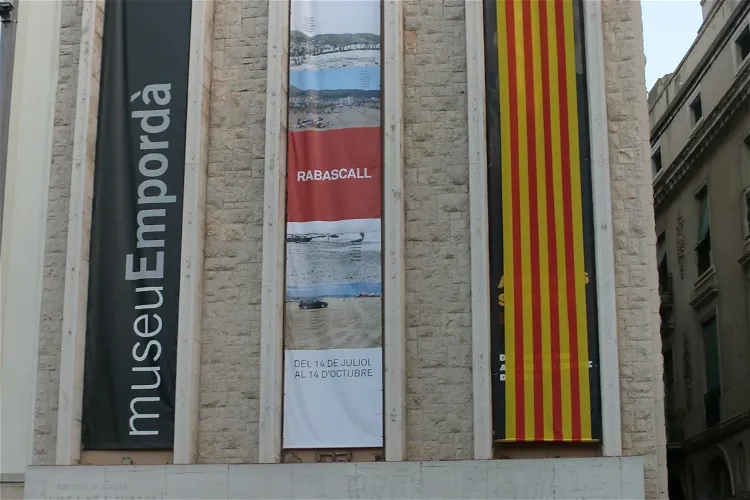
Museum of the Empordà
FigueresThe Museum of the Empordà is an art museum located in Figueres, a city in Catalonia, Spain. It is a destination for art enthusiasts and tourists alike, offering a rich collection of artworks from various periods and styles.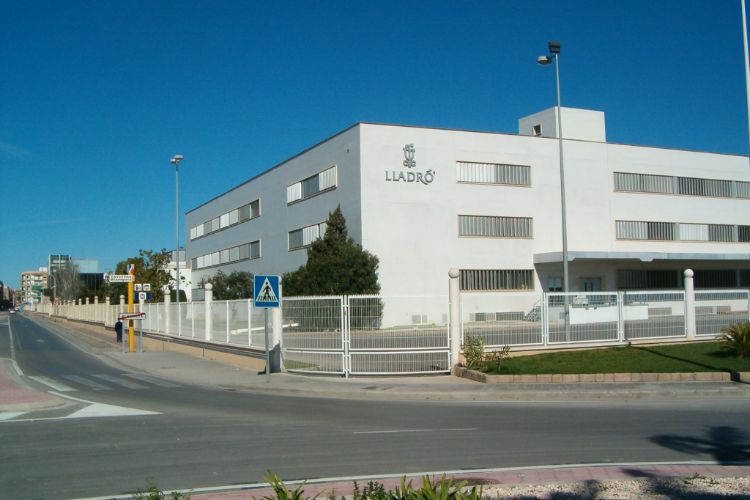
The Lladró Museum
ValenciaThe Lladró Museum is the private center that belongs to the well-known decorative porcelain firm Lladró. The museum has two permanent exhibits, the Historic Porcelain Museum and the Painting Collection. The Lladró Historical porcelain collection consists of pieces that are already removed from the c- 64
Diocesan Museum of Tarragona
TarragonaThe Diocesan Museum of Tarragona is a significant part of the Archbishopric of Tarragona. It is conveniently located within the cathedral complex of the Tarragona Cathedral, making it easily accessible for visitors who are exploring the cathedral and its surroundings. 
Manresa Regional Museum
ManresaThe Manresa Regional Museum, officially known as Museu Comarcal de Manresa, is a multidisciplinary museum that was established on September 2, 1896. It was initially named the Archaeological Museum, Public Library and Permanent Artistic Industrial Exhibition. The museum is located in one of the rooms of the city's town hall building.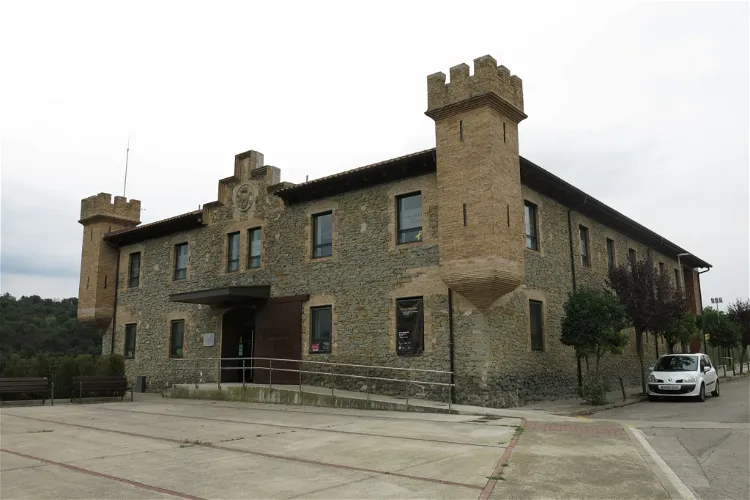
L'Esquerda Archaeological Museum
Roda de TerThe L'Esquerda Archaeological Museum, inaugurated in 1988, serves as a repository for materials unearthed from the archaeological excavations at the Iberian settlement of La Esquerda. The museum's primary aim is to make these findings accessible to the public, thereby providing a unique insight into the region's rich historical past.
Zamora Cathedral Museum
ZamoraThe Zamora Cathedral Museum, the main museum of the Zamora diocese, was inaugurated in 1926. Its primary purpose is to house and display works from the Cathedral and other parishes of the diocese to the public. This museum is a significant part of the cultural and historical heritage of the region, offering visitors a chance to explore and appreciate the rich artistic legacy of the diocese.- 68
Museo de Arte Sacra da Colexiata
Ciudad ViejaLocated in a San Pelayo de Antealtares monastery in Santiago, this museum displays vast collection of devotional art. Note the ancient altar. 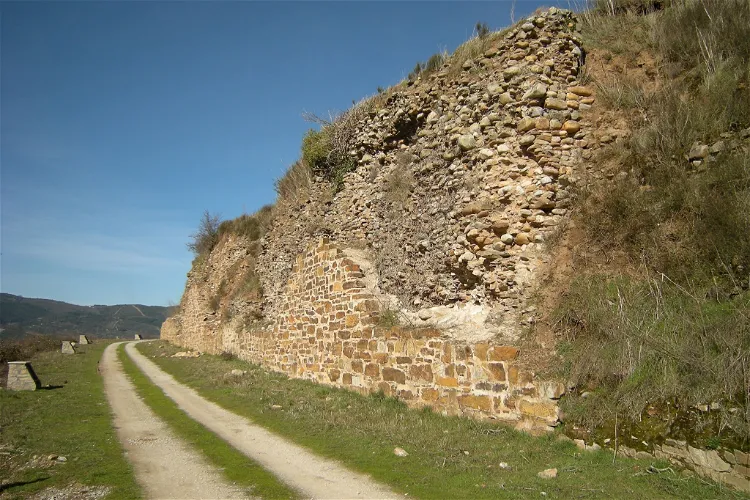
Museo Arqueológico de Cacabelos
CacabelosThe Museo Arqueológico de Cacabelos is conveniently located in the center of Cacabelos, aligning with the famous Camino de Santiago. The museum is situated on a street that is characterized by its Jacobean style, adding to the historical charm of the area. This location makes it an accessible and interesting stop for those walking the Camino de Santiago.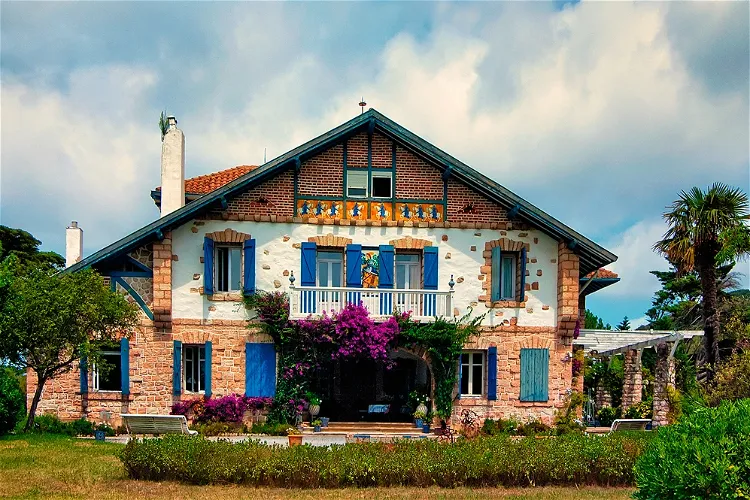
Zuloaga's House-Museum
ZumayaThe Ignacio Zuloaga Museum is a unique destination for art lovers. Located within the historic Pedraza Castle in the province of Segovia, Castilla y León, the museum is dedicated to the works of the renowned Basque painter Ignacio Zuloaga. Visitors can explore the rich collection of Zuloaga's works, gaining insight into his artistic journey and the cultural context in which he created his masterpieces.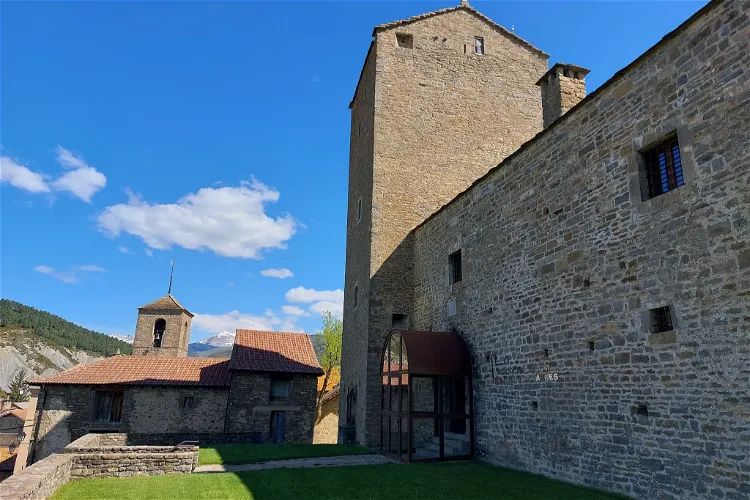
Drawing Museum Castle Larrés July Gavín
SabiñánigoThe Museo de Dibujo Julio Gavín “Castillo de Larrés” (MUDDI) is situated in the quaint town of Larrés, Huesca. This location is conveniently just six kilometers away from Sabiñánigo, making it easily accessible for tourists visiting the area.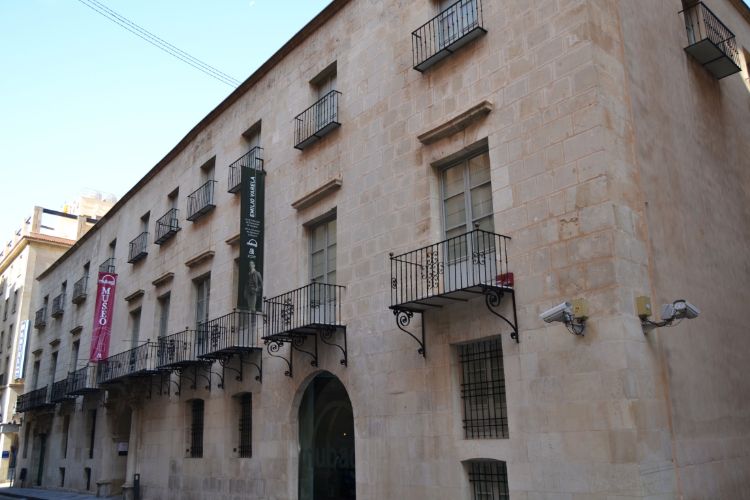
Museo de Bellas Artes Gravina - MUBAG
AlicanteMuseo de Bellas Artes Gravina (MUBAG, The Museum of Fine Arts Gravina) is an art museum in Alicante that is housed in the palace of the Count of Lumiares, a four-storey building built between 1748 and 1808. This museum holds a collection of paintings and sculptures from Alicante, from the 16th centu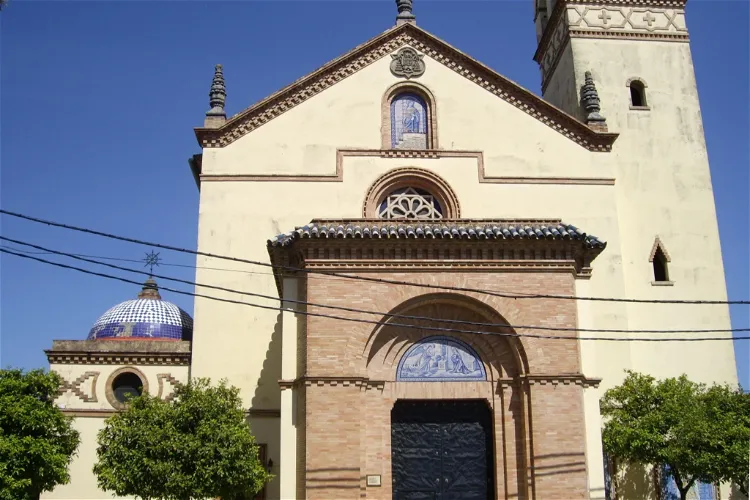
Parroquia de San Juan Bautista
San Juan de AznalfaracheThe structure of the San Juan Bautista church is unique, with a nave divided into five sections, a semicircular head, and two chapels serving as a transept. A notable feature is the bell tower to the right of the church body, decorated with exposed brick and neo-Mudejar elements, adding to the historical and architectural interest of the site.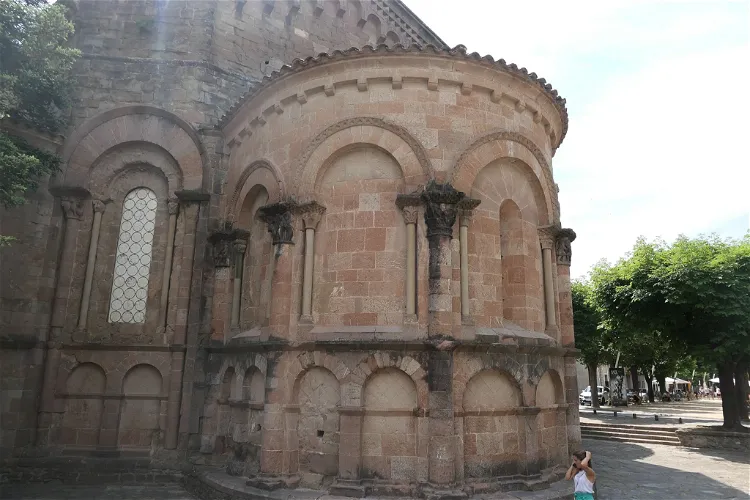
Monastery of Sant Joan de les Abadesses
Sant Joan de les AbadessesThe Monastery of Sant Joan de les Abadesses is a significant historical site located in the region of Ripollès, Catalonia, in northern Spain. It was established in the year 885 by a notable figure, count Wilfred the Hairy. This monastery holds a rich history and is a testament to the region's past.
Monastery of Santa Maria de l'Estany
l'EstanyThe Monastery of Santa Maria, situated in the quaint Catalan town of Estany within the region of Moyanés in Spain, is a site of significant historical and artistic value. In 1931, it was officially declared a Historic Artistic Monument. This recognition underscores the monastery's importance in the cultural and historical landscape of Spain, making it a noteworthy site for tourists interested in history, art, and architecture.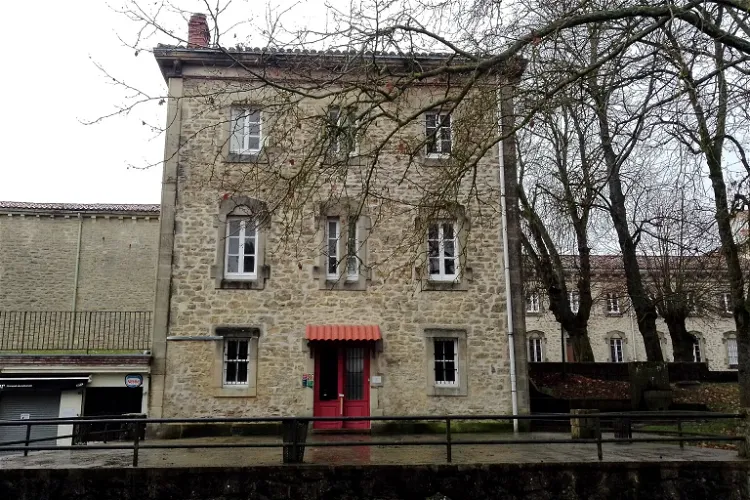
Sanctuary of Nuestra Señora de Estíbaliz
Vitoria-GasteizThe Sanctuary of Nuestra Señora de Estíbaliz is situated in the scenic locale of Argandoña, within the municipality of Vitoria-Gasteiz, Álava, Spain. The sanctuary is nestled amidst lush green forests and is perched on a small hill, providing a panoramic view of the entire province. This serene location makes it an ideal spot for tourists seeking tranquility and natural beauty.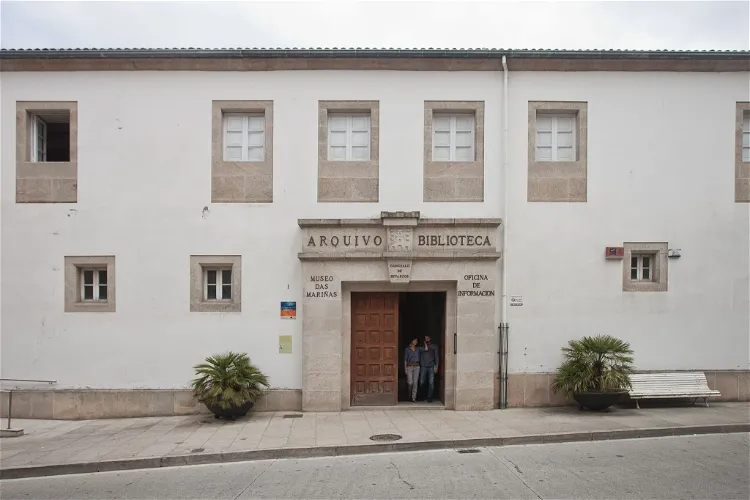
Museo das Mariñas
BetanzosThe Museo de las Mariñas is a museum of history and ethnography situated in the Spanish town of Betanzos. It is dedicated to the regions of the Mariñas Coruñesas, offering a deep dive into the history and culture of these areas. The museum is housed in the former Santo Domingo convent, a building with its own rich history dating back to the 16th century.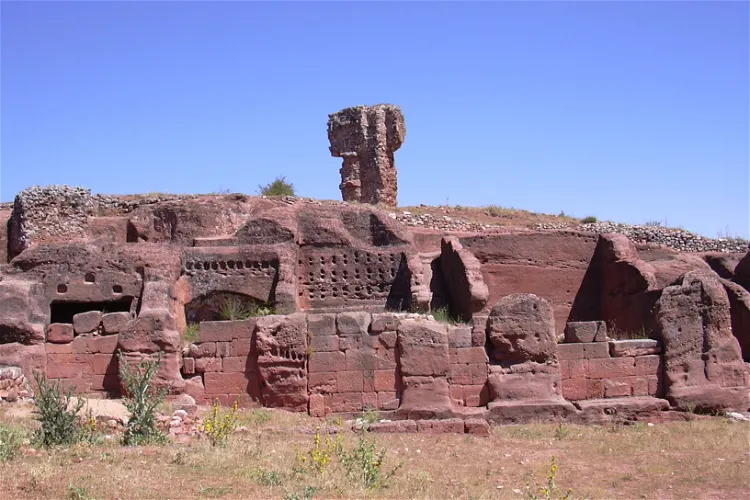
Museo Monográfico de Tiermes
Montejo de TiermesThe Museo Monográfico de Tiermes is a museum situated in Montejo de Tiermes, Soria, Spain. It forms part of the Yacimiento-Museo de Tiermes, a significant archaeological site. The museum is dedicated to collecting and displaying archaeological materials from the excavations of the Celtiberian, Roman, and medieval city ruins of Tiermes.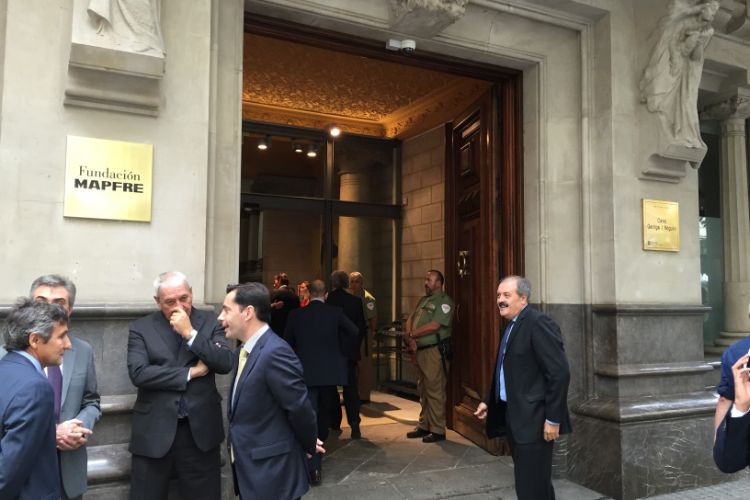
Fundacio Mapfre
BarcelonaFundacio Mapfre shows a large collection of art coming from various periods of history gathered by Francisco Godia.
Museum of St Isidoro
LeónThe Museum of the Royal Collegiate of San Isidoro is situated within the Basilica of San Isidoro in León. This location provides a unique setting for the museum, combining historical architecture with a rich collection of artifacts.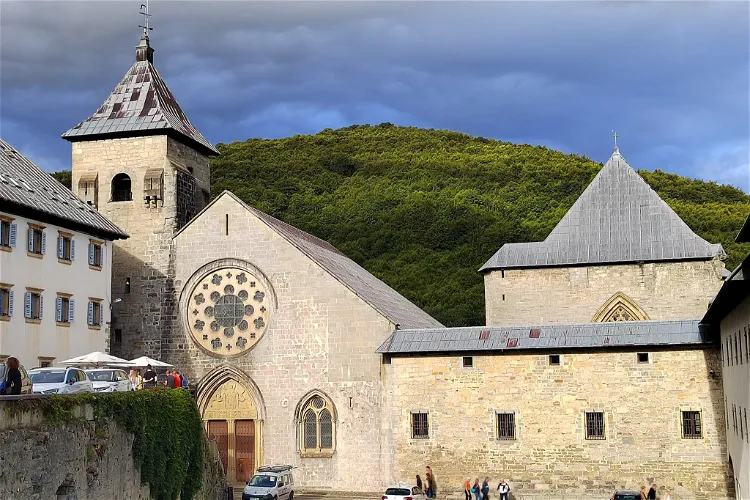
Royal Collegiate Church of Roncesvalles
RoncesvallesA 13th-century attempt to imitate the Notre-Dame Cathedral in Paris is a part of a hospital complex. Noteworthy for its devotional art collection.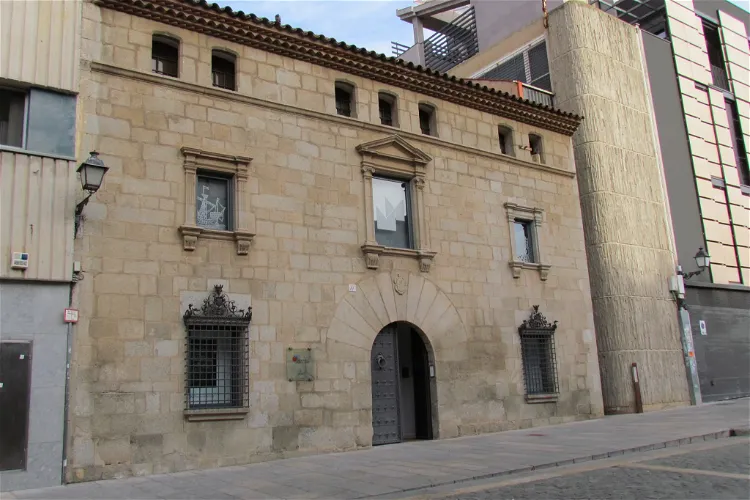
Mataró Museum
MataróThe Mataró Museum is a Spanish museum institution located in Mataró, a city in the Maresme region of Barcelona. The museum's headquarters are in Can Serra, a building constructed in 1565 that showcases the Renaissance architectural style. This historical building adds a unique charm to the museum, making it a fascinating place for tourists interested in history and architecture.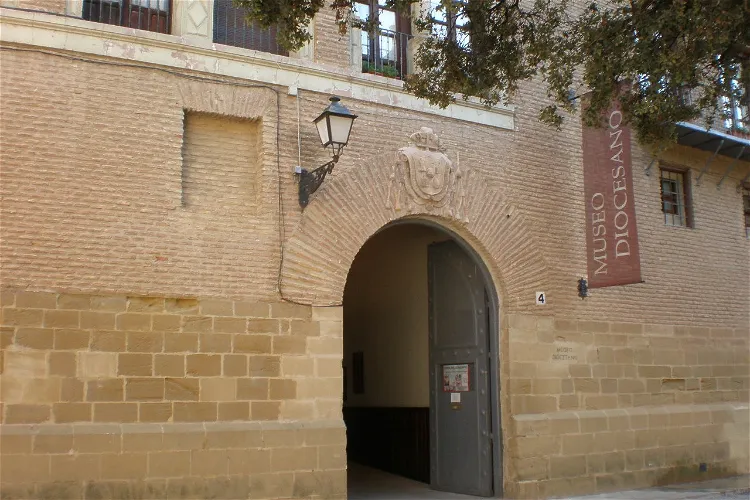
Diocesan Museum of Huesca
HuescaThe Diocesan Museum of Huesca is a sacred art museum that operates under the jurisdiction of the Bishopric of Huesca and the Chapter of the Cathedral of Huesca. This museum is a significant part of the city's historical and cultural heritage, offering visitors a unique insight into the religious art and history of the region.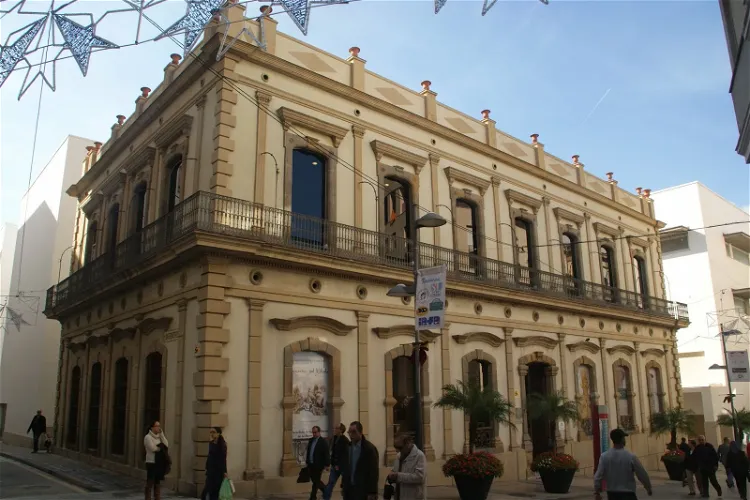
Museum of the Ravelin
CeutaThe Museum of Ceuta, also known as the Museum of the Ravelin, is situated in the city of Ceuta, Spain. The museum is housed in the former Military Pavilion of the Ravelin Barracks, a historic building that adds to the overall charm and appeal of the museum. Visitors can expect to see a variety of archaeological pieces from the region of the Strait of Gibraltar, spanning from the Ancient Age to the Early Modern Age.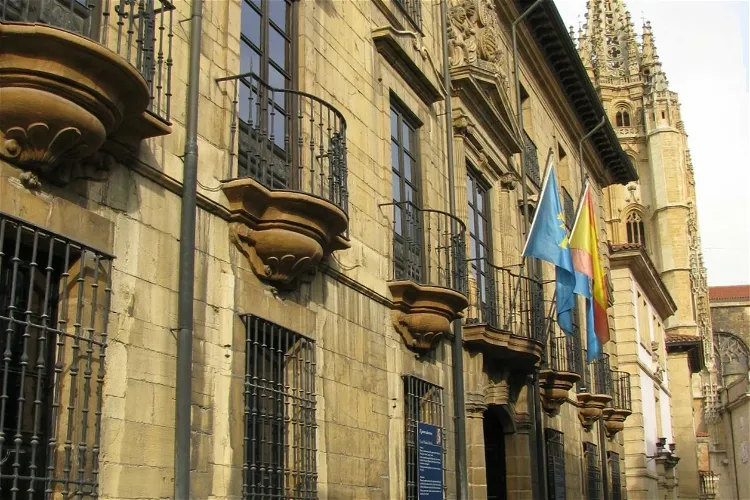
Museum of Fine Arts of Asturias
OviedoThe Museum of Fine Arts of Asturias, inaugurated on May 19, 1980, is home to a vast collection of works spanning from the Middle Ages to the Contemporary Age. This broad timeline allows visitors to experience a comprehensive journey through art history, from the 14th to the 21st Century.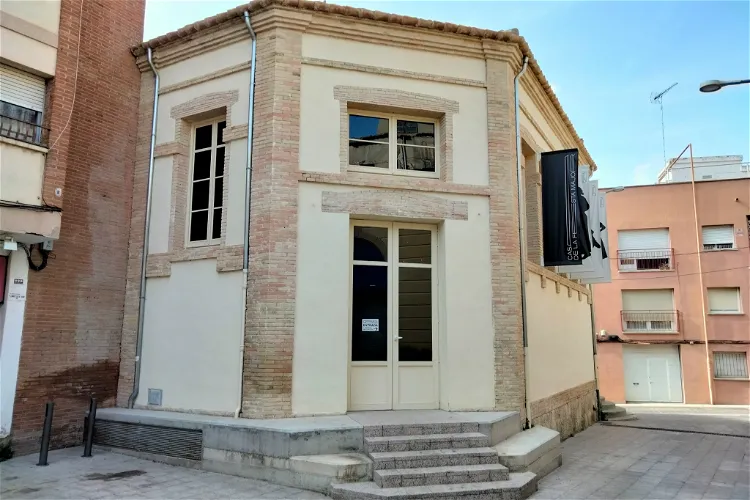
Casa de la Festa Major
Vilafranca del PenedèsLa Casa de la Fiesta Mayor in Vilafranca del Penedès is situated in the former chicken and offal market. This space is dedicated to the rich folklore of the Fiesta Mayor de Vilafranca del Penedès, a celebration that takes place from August 28 to September 3, in honor of San Félix's day. This location provides a unique insight into the local culture and traditions of Vilafranca del Penedès.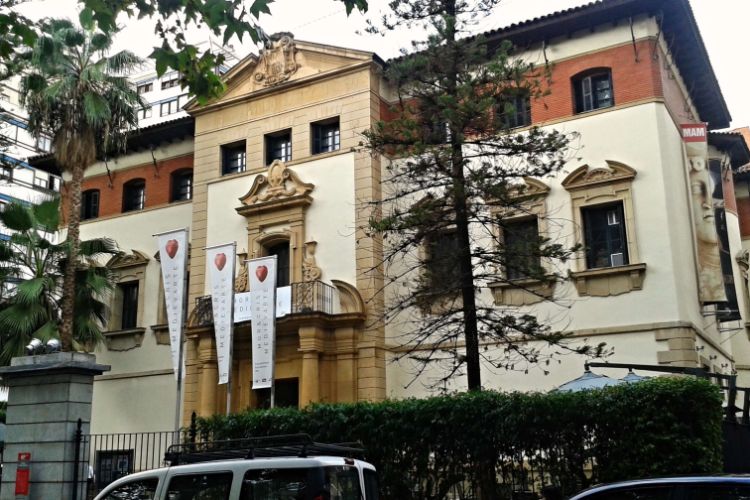
Museo de Arqueología
MurciaThe Archaeological Museum of Murcia (Museo de Arqueología, MAM) is a history museum in Murcia, which is home to 16 exhibition rooms with archaeological remains from different sites in the Region. On the ground floor the objects of Prehistory (from the Paleolithic to the Bronze Age) are exhibited, wh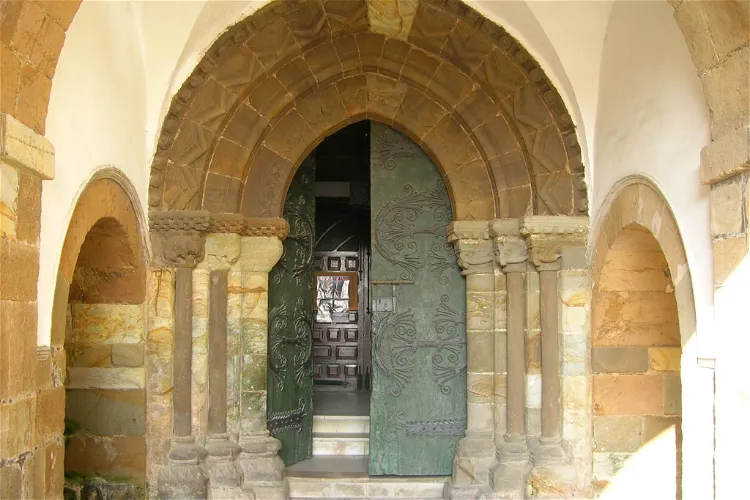
Sacred Art Museum of Tineo
TineoThe Sacred Art Museum of Tineo is a unique destination for art enthusiasts and history buffs alike. Situated in Tineo, Asturias, Spain, the museum is home to a vast collection of sacred art. The museum's location adds to its charm, as it is housed in a 14th-century Roman Catholic Church, known as the Convento de San Francisco del Monte.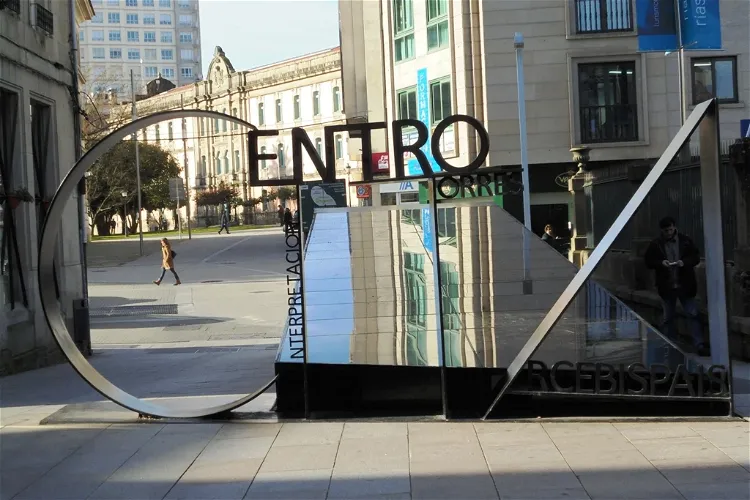
Archiepiscopal Towers Interpretation Centre
PontevedraThe Archiepiscopal Towers Interpretation Centre (CITA) is a museum located in Pontevedra, Spain. It was established in 2010 within the former moat of the Archiepiscopal Towers fortress-palace in the old town. The museum is dedicated to interpreting one of the city's most significant monuments and defensive structures, the Archbishop's Towers, which were part of the Ramparts of Pontevedra.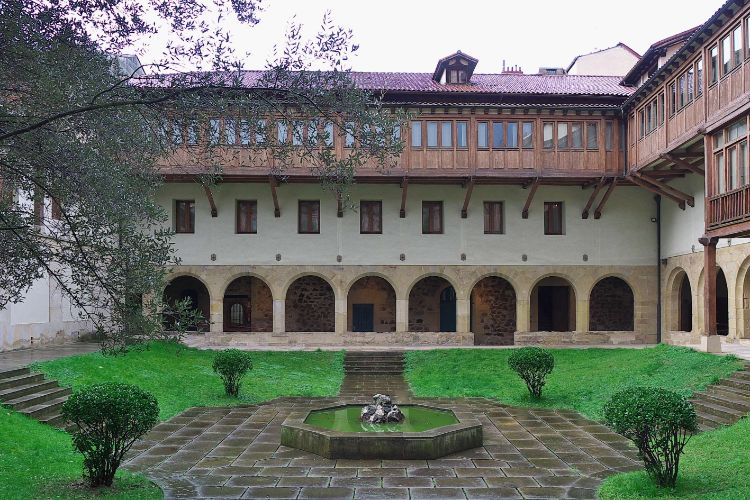
Diocesan Museum of Sacred Art
BilbaoThe Museum of Sacred Art of Bilbao (Museo Diocesano de Arte Sacro, MDAS) is located in the old Convent of the Encarnación in Bilbao. The museum holds a collection of more than 2.300 artworks, of which 500 are exhibited. The objects in its collection date from the 12th to the 20th century and they al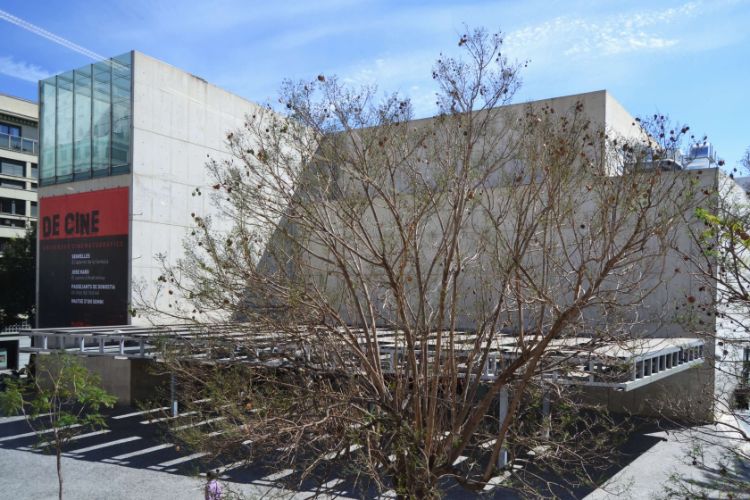
Museum of Illustration and Modernity
ValenciaMuseum of Illustration and Modernity (Museo de la Ilustraciòn y de la Modernidad) is a history museum in Valencia that offers a journey through time from the Middle Ages to modernity. As a part of the exhibition, you can see the remains of the Islamic Tower, which once stood here. To see the permane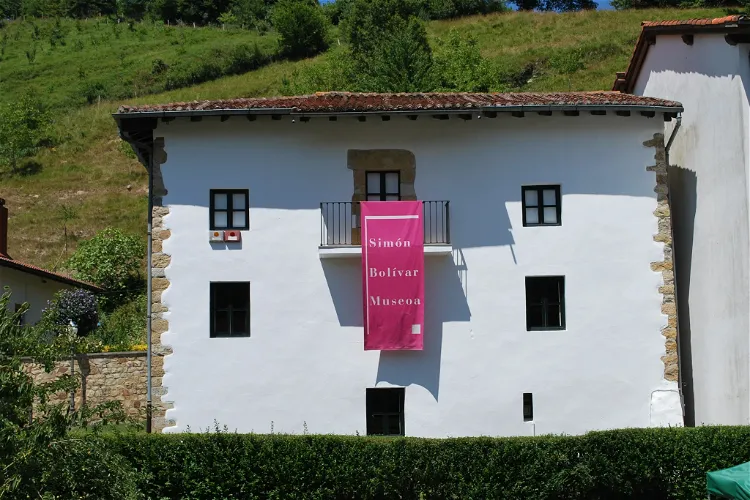
Simon Bolivar Museum
Ziortza-BolibarThe Simon Bolivar Museum is situated in the town of Cenarruza-Puebla de Bolivar, which is known to be the ancestral home of the Liberator Simon Bolivar. The museum is located on a farm named Errementarikua, which is conveniently located next to the Camino de Santiago.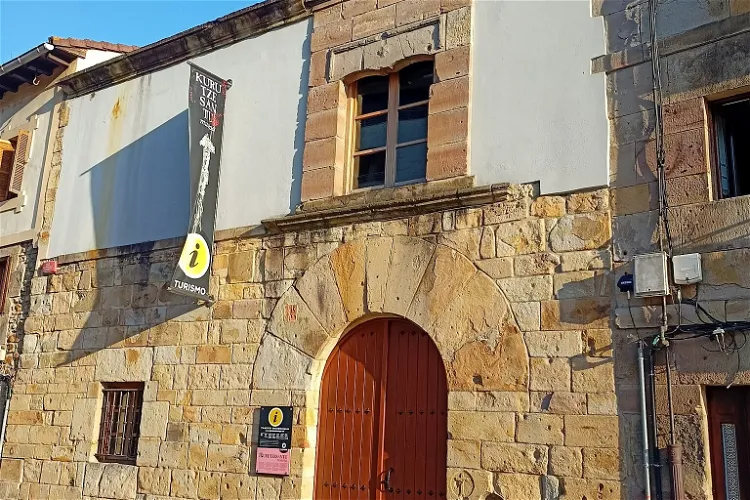
Kurutzesantu Museum
DurangoThe Kurutzesantu Museum, situated in Durango, Biscay, Spain, is home to the Kurutziaga Cross. This Gothic cross, believed to have been created in the 15th–16th centuries AD, is a significant historical artifact. The museum provides an opportunity to view this unique piece of history up close.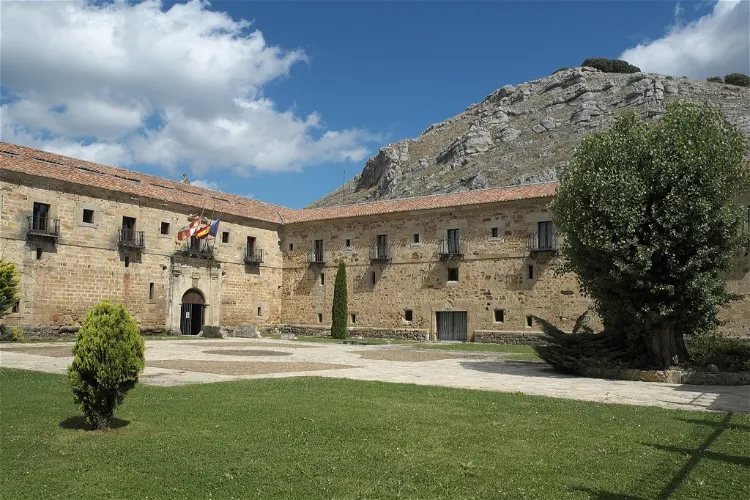
Monastery of Santa María la Real
Aguilar de CampooThe Monastery of Santa María la Real is located in Aguilar de Campoo, a municipality in the province of Palencia, within the Spanish Autonomous Community of Castile and León. This former Premonstratensian monastery was constructed at the end of the 12th and beginning of the 13th century, a period marking the transition from Romanesque to Gothic architecture.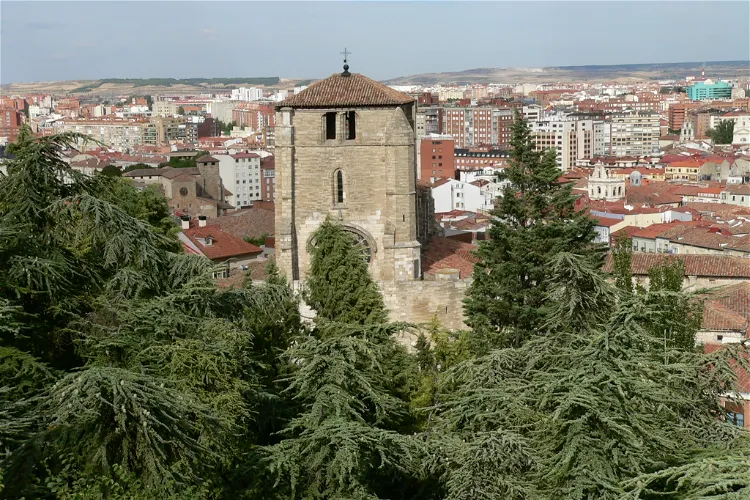
Iglesia de San Esteban
BurgosThe Retablo Museum boasts a collection of altarpieces dating from the 15th to the 18th century, sourced from various locations within the province of Burgos. Additionally, the museum displays a selection of religious goldsmithing. This provides a rich insight into the religious art and craftsmanship of the period.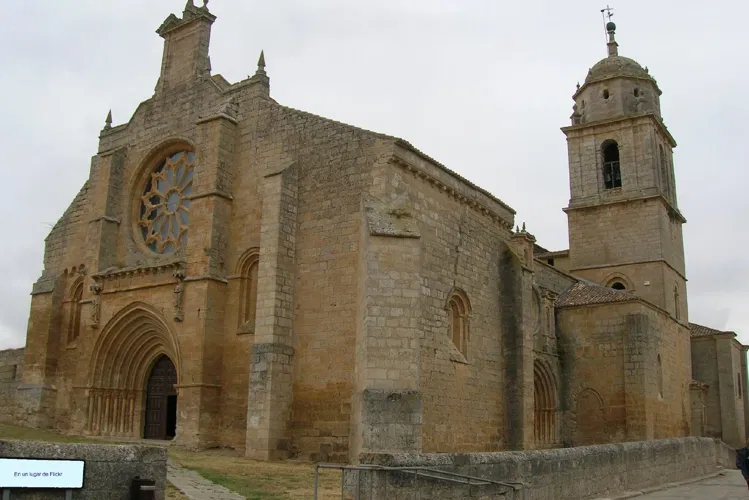
Collegiate of Santa María del Manzano
CastrojerizThe main portal of the Church of Nuestra Se ora del Manzano is a significant feature, showcasing Gothic architecture. It is located at the foot of the temple and is designed in the style of a flared bow with Archivolts and baquetones. The bases and capitals feature plant motifs. On either side of the portal, visitors can admire two stone sculptures from the thirteenth century, representing the Virgin Mary and the Archangel Gabriel.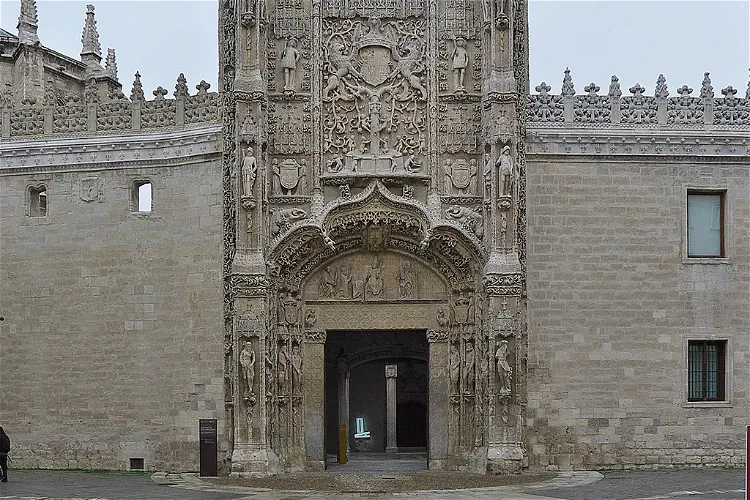
National Museum of Sculpture
ValladolidThe Museo Nacional Colegio de San Gregorio, located in Valladolid, Spain, is a museum dedicated to religious sculptures and portraits. It offers a unique opportunity to explore the rich history and culture of Spain through its religious art.
Museum of San Antolin
TordesillasThe Museum of San Antolin is situated in the ancient San Antolin church and parish in the town of Tordesillas, within the province of Valladolid, in the autonomous community of Castile and Leon, Spain. This location offers a unique blend of historical and cultural significance, making it an interesting destination for tourists.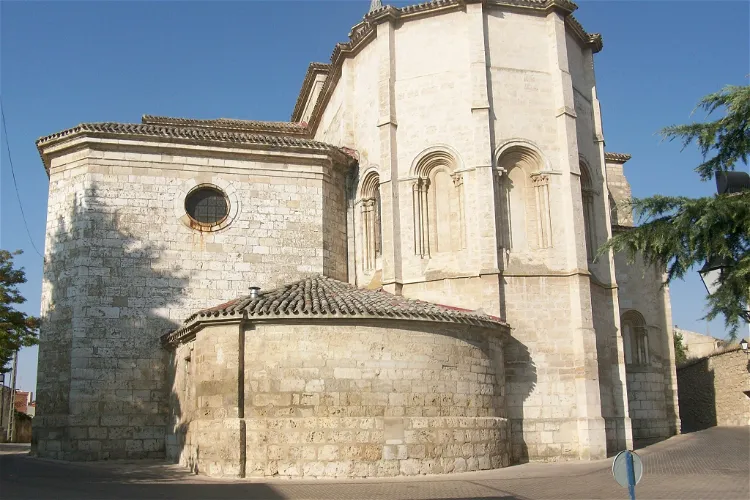
Church of Santa María de la Asunción
DueñasThe Church of Santa María de la Asunción is a significant Catholic place of worship located in the Plaza de la Paz in Dueñas, Spain. This church is part of the historic and artistic ensemble that makes up the historic center of Dueñas. It is a place of great historical and architectural interest, making it a worthwhile stop for tourists visiting the area.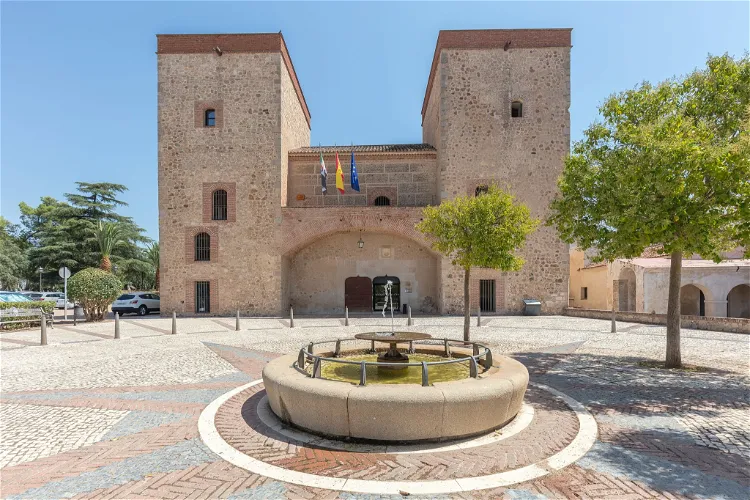
Archaeological Museum of Badajoz
BadajozThe Archaeological Museum of Badajoz is housed in a building of historical and architectural significance. It is located within the precinct of the Islamic Alcazaba, which is the highest point in Badajoz. This location not only provides a unique setting for the museum but also adds to the historical richness of the exhibits.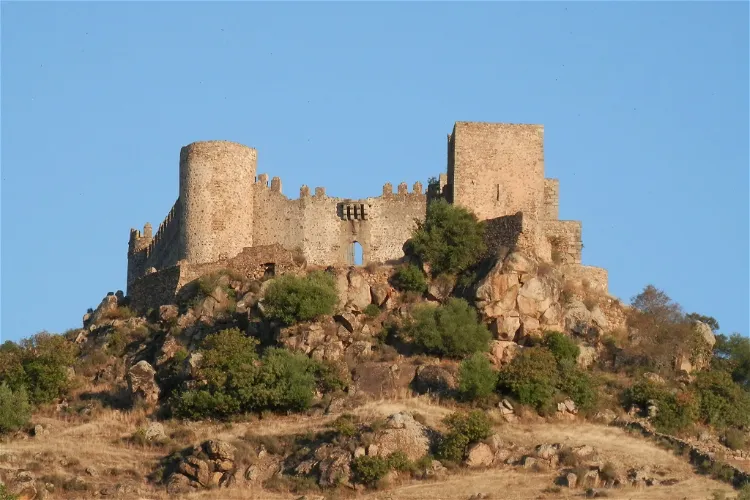
Castle of Burguillos del Cerro
Burguillos del CerroThe Castle of Burguillos del Cerro is situated on a rocky hill, providing a panoramic view of the town of Burguillos del Cerro. This location is in the region of Zafra-Río Bodión, which is in the southern part of the province of Badajoz, Extremadura, Spain. The castle's elevated position not only offers a strategic advantage but also a breathtaking view of the surrounding landscape.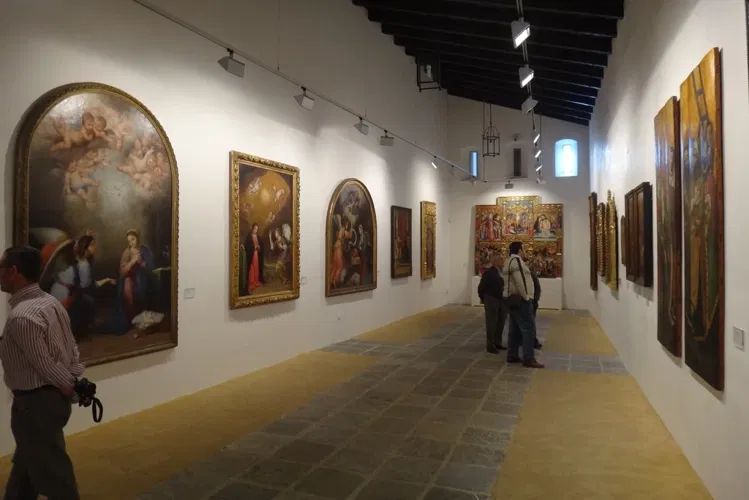
Bodegas Tradicion
Jerez de la FronteraThe Pinacoteca Rivero, also known as the Pinacoteca de Bodegas Tradición, is a permanent exhibition of Spanish works from the Joaquín Rivero Collection. These works are displayed at the Bodegas Rincón Malillo, which is part of the Bodegas Tradición in Jerez de la Frontera, Andalusia, Spain. This collection is considered one of the most important private collections in Andalusia and among the most relevant in Spain.
Concepción Castle
CartagenaThe Concepción or Asdrúbal Castle is a medieval structure dating back to the 13th or 14th century. It is situated on a hill of the same name, providing a panoramic view of Cartagena and its port in the Region of Murcia, Spain. This castle is a significant landmark and is represented in the city's coat of arms.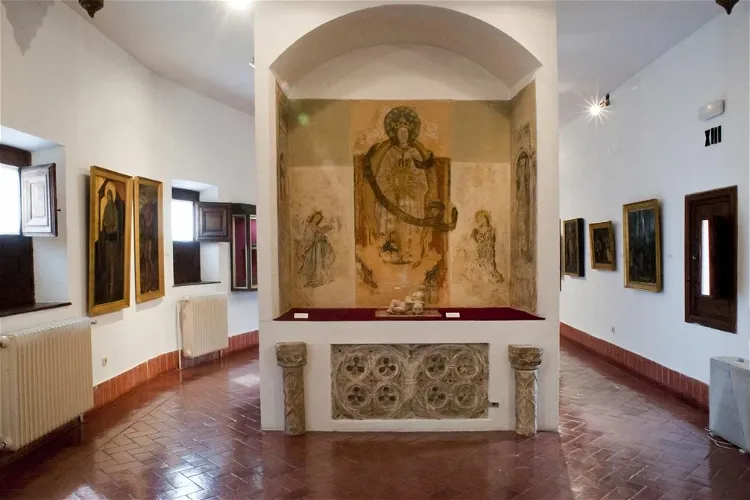
Museo Arqueológico de Valladolid
ValladolidThe Valladolid Museum, established in 1879, is housed in the Fabio Nelli Palace in Valladolid. This historic location has been the museum's home since the 1960s, providing a unique setting for the museum's extensive collections.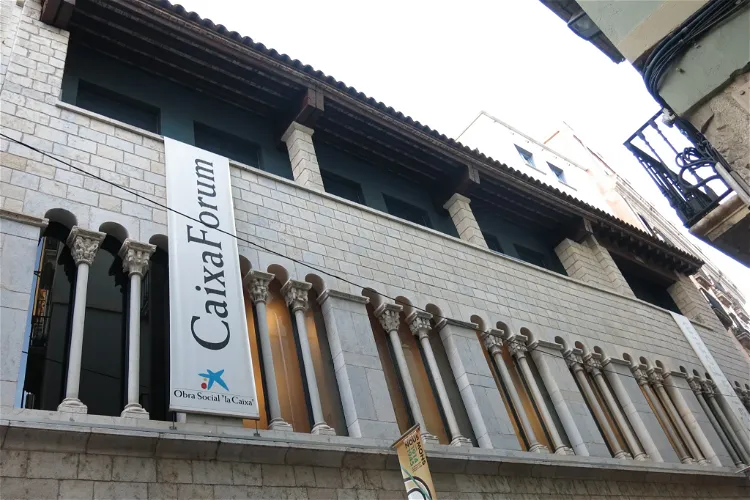
CaixaForum Girona
GeronaCaixaForum Girona is a hub for a wide array of exhibitions and cultural and educational activities, catering to a diverse audience. The forum is part of a network of CaixaForum centers spread across various locations in Spain, including Madrid, Barcelona, Seville, Zaragoza, Palma, Lérida, Tarragona, València, and Macaya.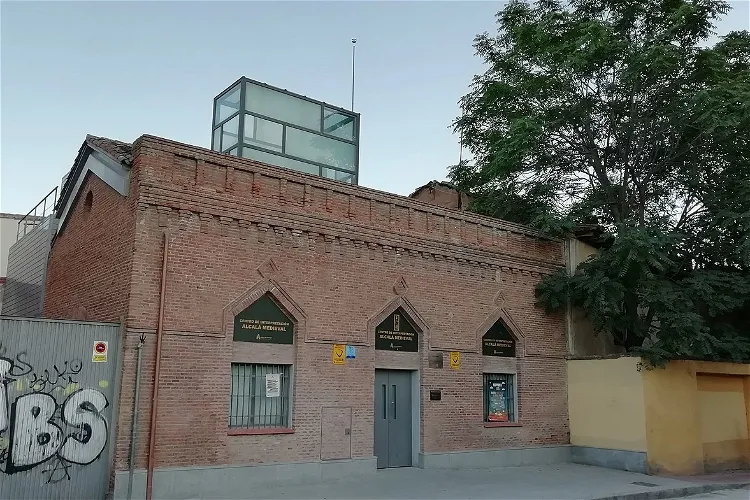
Burgo de Santiuste Intepretation Center
Alcalá de HenaresThe Interpretation Center of Alcalá Medieval is spread across three floors: the ground floor, the first floor, and the basement. These floors are organized with informative panels featuring plans and photographs, interactive monitors, and display cases. The ground floor narrates the city's origins, tracing its evolution through different settlements to the present day. The first floor is solely dedicated to the Middle Ages, showcasing the various religions that coexisted in the Burgo de Santiuste and the growth of the city around the Church of the Holy Children. The basement focuses on the evolution of the medieval town, highlighting the establishment of the University of Alcalá and the recognition of Cisneros' work, leading up to the Renaissance period.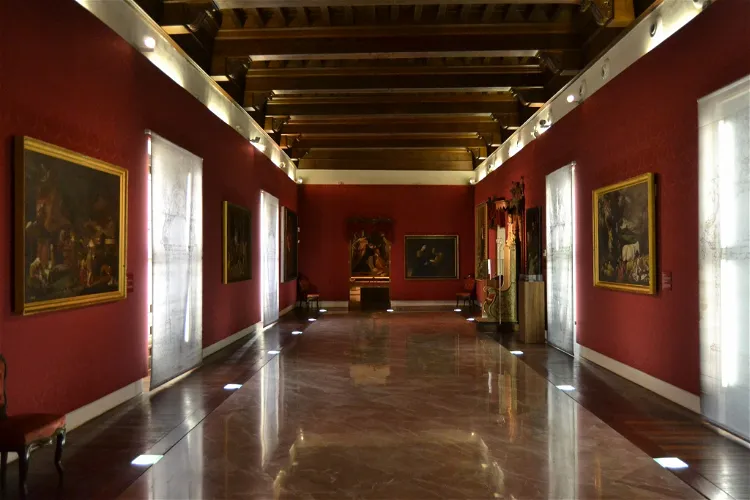
Diocesan Museum of Sacred Art of Orihuela
OrihuelaThe Diocesan Museum of Sacred Art is housed in the Episcopal Palace of Orihuela, a location that has been declared a Site of Cultural Interest. This historic building not only provides a fitting setting for the museum's collection, but is itself a significant part of the cultural heritage of Orihuela. Visitors to the museum will have the opportunity to explore this historic building as they view the museum's collection.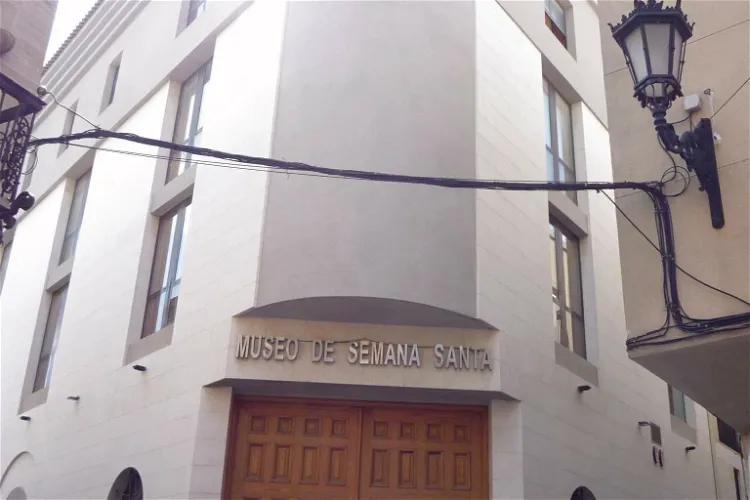
Holy Week Museum
OrihuelaThe Holy Week Museum of Orihuela is situated on the site of the Church of Our Lady of Mercy. This location is significant as it still retains its 16th century Renaissance facade, providing a historical backdrop to the museum's extensive collection of sacred art.
Museum of Sacred Art El Tesoro De La Concepción
La OrotavaEl Tesoro de la Concepción is a museum of sacred art located in La Orotava, Tenerife, Canary Islands, Spain. It is part of the Parish of Our Lady of the Conception and houses a vast collection of religious art and artifacts. The museum's collections span over 500 years of the parish's history and are displayed in seven rooms adjacent to the church.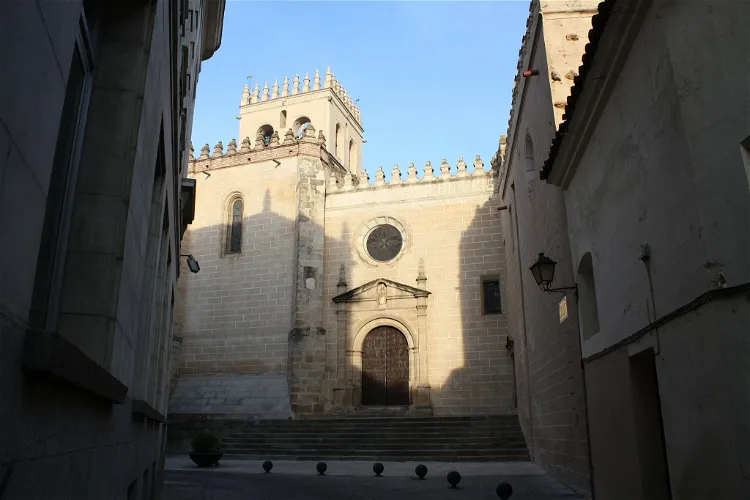
Cathedral Museum
BadajozThe Cathedral Museum of Badajoz is an integral part of the Metropolitan Cathedral of San Juan Bautista de Badajoz. Located in the city of Badajoz, Spain, the museum is a significant part of the cathedral's structure, offering visitors a unique opportunity to explore both the religious and historical aspects of the region.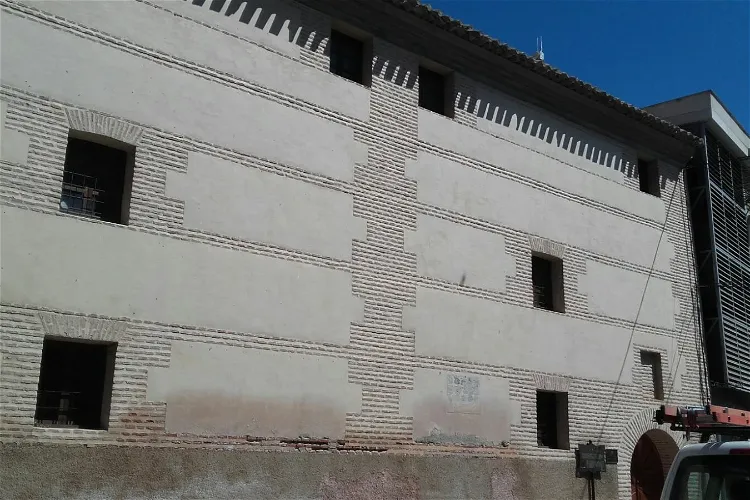
La Encomienda Archaeological Museum
CalasparraThe museum provides a comprehensive overview of the history of Calasparra, from prehistory to the medieval period (13th century AD). It places a special emphasis on the findings from the Islamic site of Villa Vieja. These findings offer a unique insight into the Islamic culture and history of the region.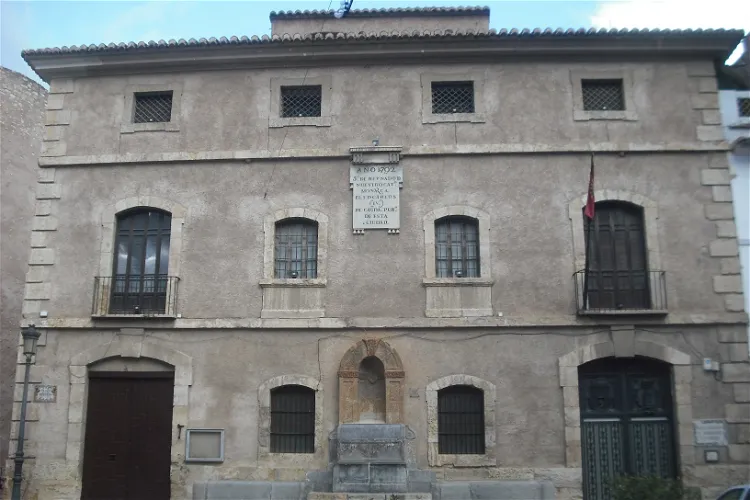
Segorbe Municipal Archaeological and Ethnological Museum
SegorbeThe Segorbe Archaeological and Ethnological Museum is housed in a neoclassical building that was erected in 1792. This building, known as the old Barracks House, is conveniently located in the Mesones square. It is in close proximity to the medieval aqueduct and the Botxí and Jail towers, making it a part of the rich historical landscape of Segorbe.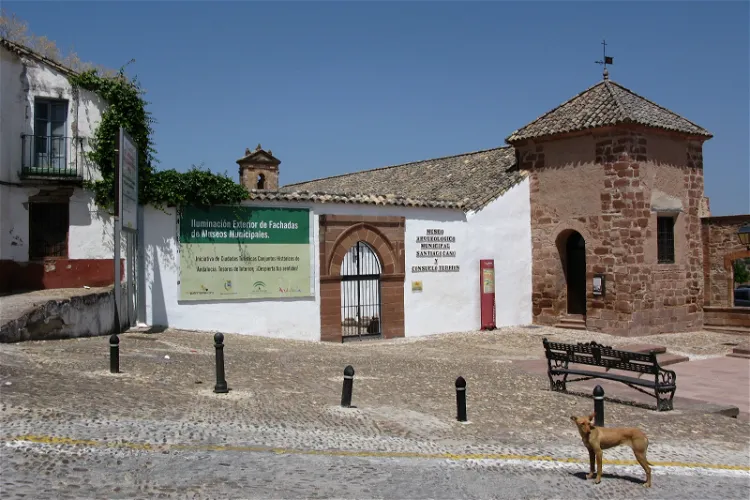
Archaeological Town Museum
MontoroThe Archaeological Municipal Museum of Montoro is a city-owned and managed museum located in the city of Montoro, in the province of Córdoba, Spain. This museum is a significant part of the city's cultural heritage and offers visitors a chance to explore the rich history of the region.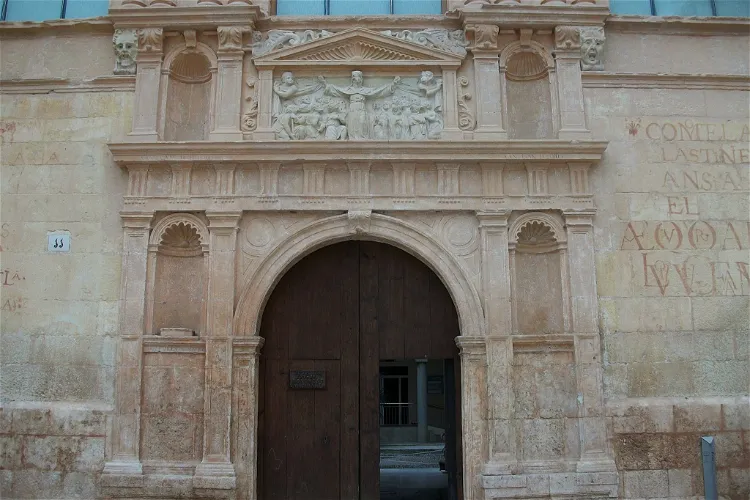
Royal Hospital
JátivaThe Municipal Hospital of Játiva has a rich history that dates back to the 13th century. It was founded by James I of Aragon in 1250, following the reconquest of the city. By the 15th century, the hospital had outgrown its capacity, leading to the need for expansion. This was achieved by acquiring neighboring houses, eventually occupying the entire block. The construction of a new hospital also began during this period, extending into the 16th century. This historical evolution of the hospital provides a fascinating insight into the city's past for tourists.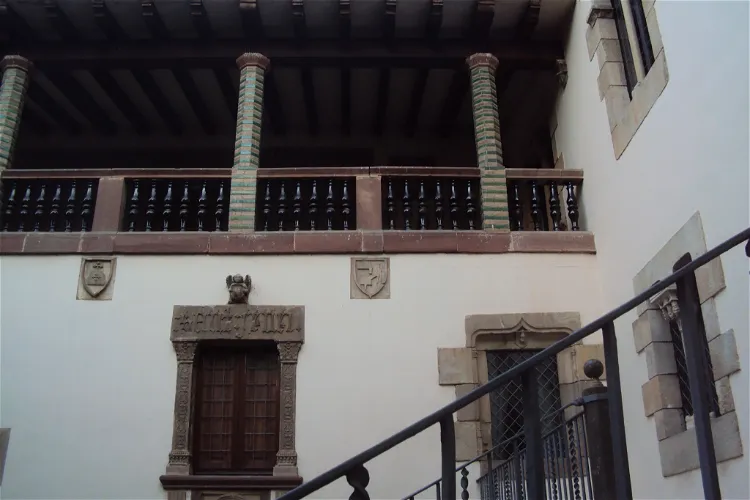
L'Enrajolada Santacana House-Museum
MartorellL'Enrajolada-Casa Museo Santacana, situated in Martorell, a province of Barcelona, is recognized as one of the oldest museums in Catalonia, Spain. The museum was established in 1876 by Francesc Santacana i Campmany and was later continued by his grandson, Francesc Santacana i Romeu. This historical establishment offers a glimpse into the rich cultural heritage of the region.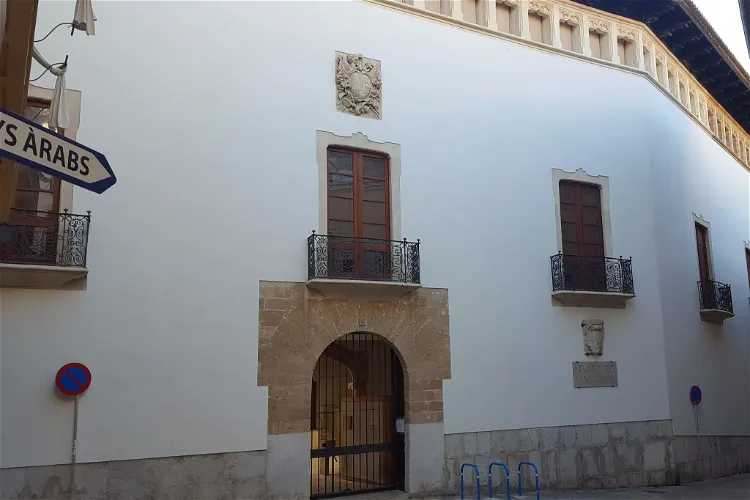
Muro Ethnological Museum
MuroThe Museo de Mallorca is situated in the palace house of the counts of Ayamans, also known as "Ca la Gran Cristiana". This name refers to Catalina Zaforteza y de Togores, a prominent collaborator with the Mallorcan Carlism, who resided there in the 19th century. This historical connection adds a layer of cultural significance to the museum.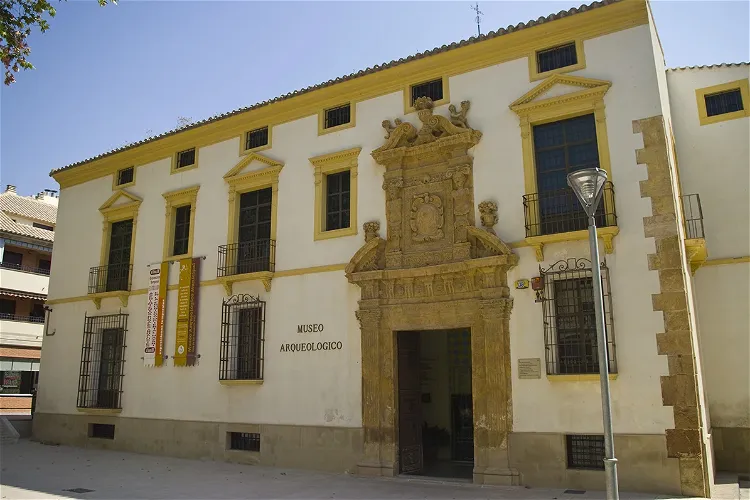
Archaeological Museum of Lorca
LorcaThe Archaeological Museum of Lorca is housed in the beautifully renovated 'House of Salazar', a building that dates back to the early 17th century. This historic setting adds to the charm and authenticity of the museum, making it a fascinating place to explore for any visitor interested in archaeology and history.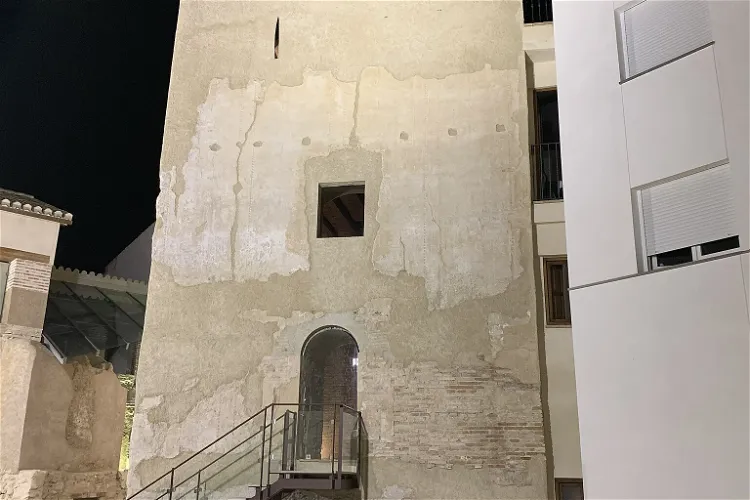
Torreón de Huétor
Huétor TájarEl Torreón de Huétor is a significant historical monument located in the town of Huétor Tájar. It was once part of the fortified wall system of the Alquería de Huétor, a settlement that dates back to the period of the Nasrid dynasty, before the Castilian conquest. The tower is situated on the left bank of the Genil River, in the heart of the Poniente Granadino region. It is a testament to the rich history of the area and offers a glimpse into the architectural and defensive strategies of the past.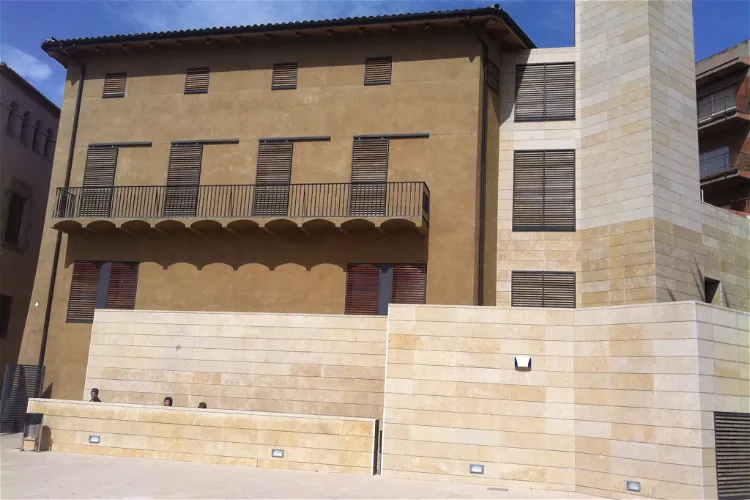
Sant Boi de Llobregat Museum
Sant Boi de LlobregatThe Sant Boi de Llobregat Museum is dedicated to the recovery, preservation, study, and invigoration of the cultural heritage and historical memory of Sant Boi de Llobregat. This mission is reflected in its diverse collections and exhibitions, which provide a comprehensive overview of the region's history and culture.- 120
Medieval Historical Museum
GuadalestThe Museum of Torture Instruments, known as El Museo de Instrumentos de Tortura, is situated in the picturesque town of Guadalest in the Province of Alicante, Spain. This location offers visitors a unique opportunity to delve into the darker side of history, all while enjoying the beautiful surroundings of this Spanish town.